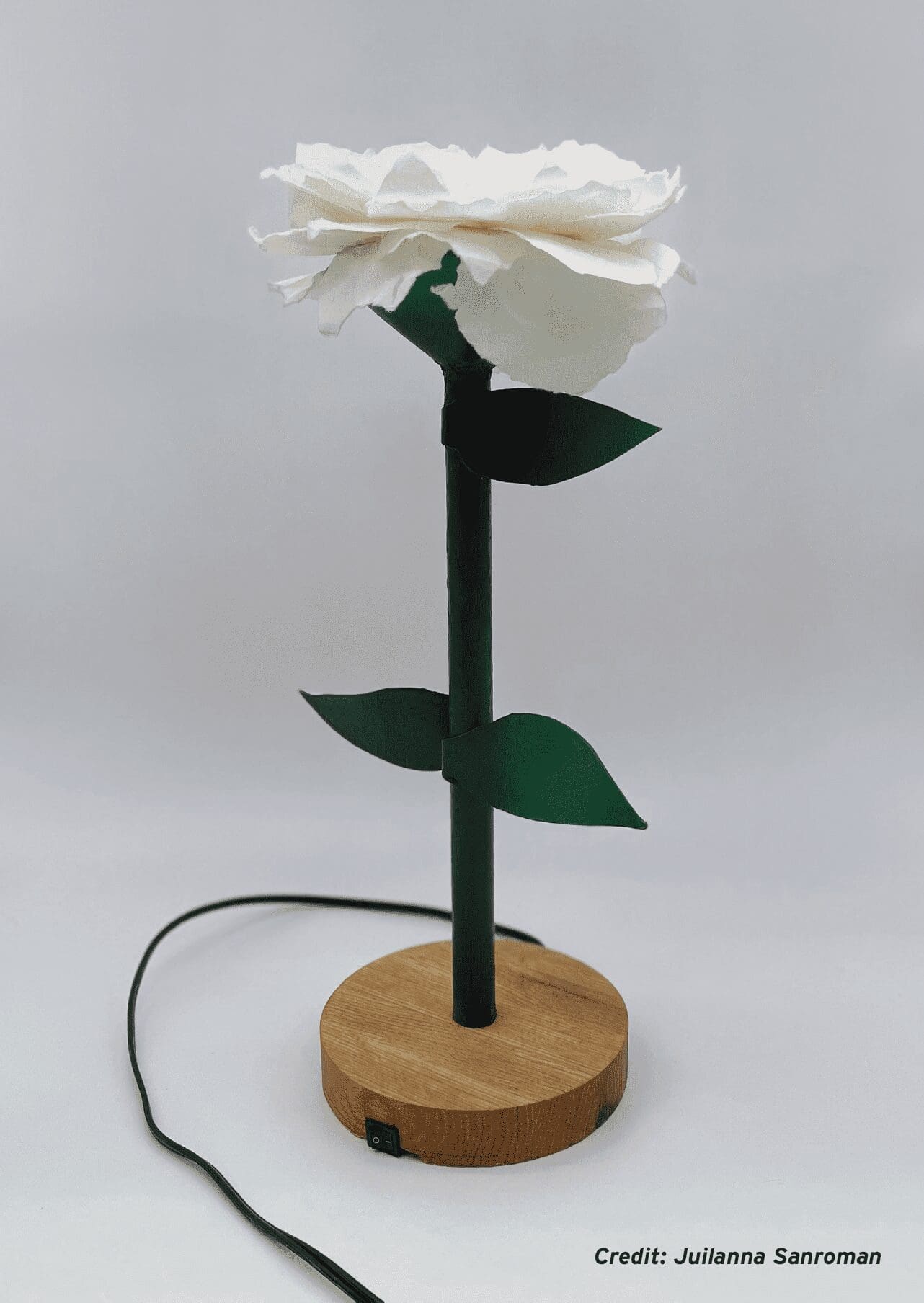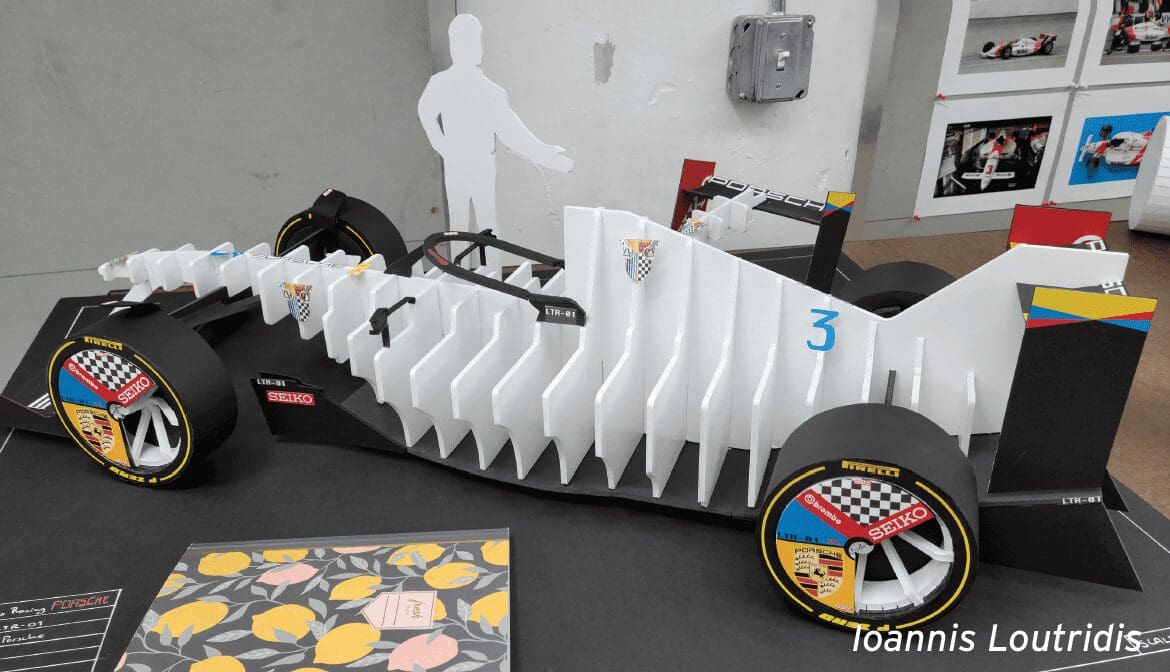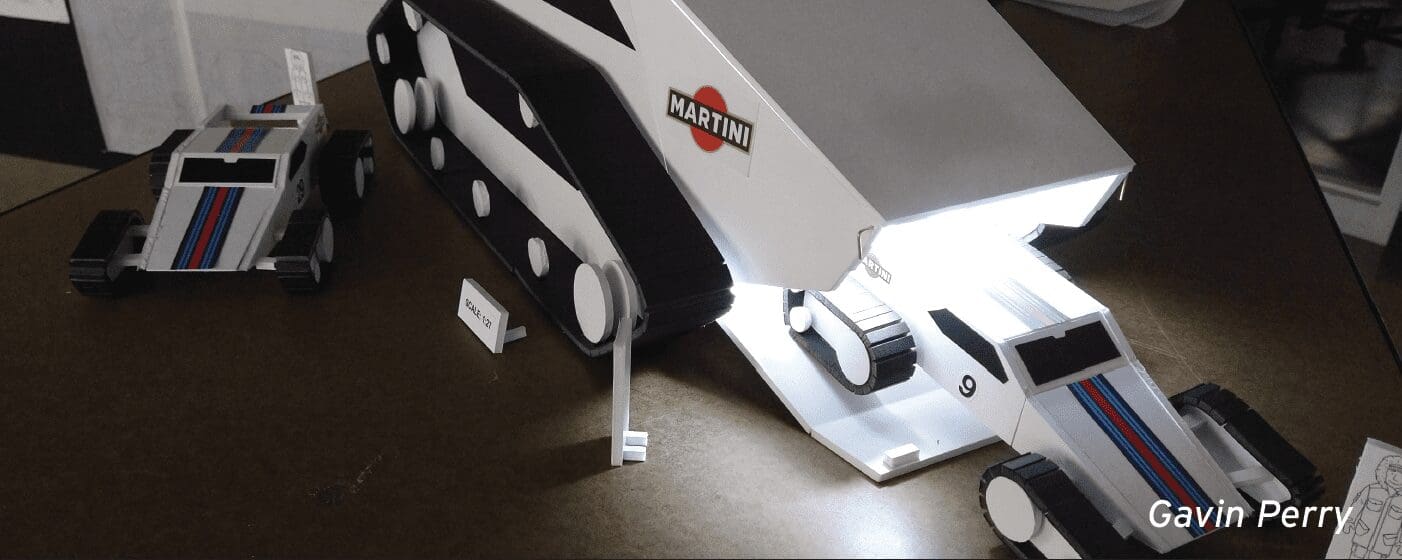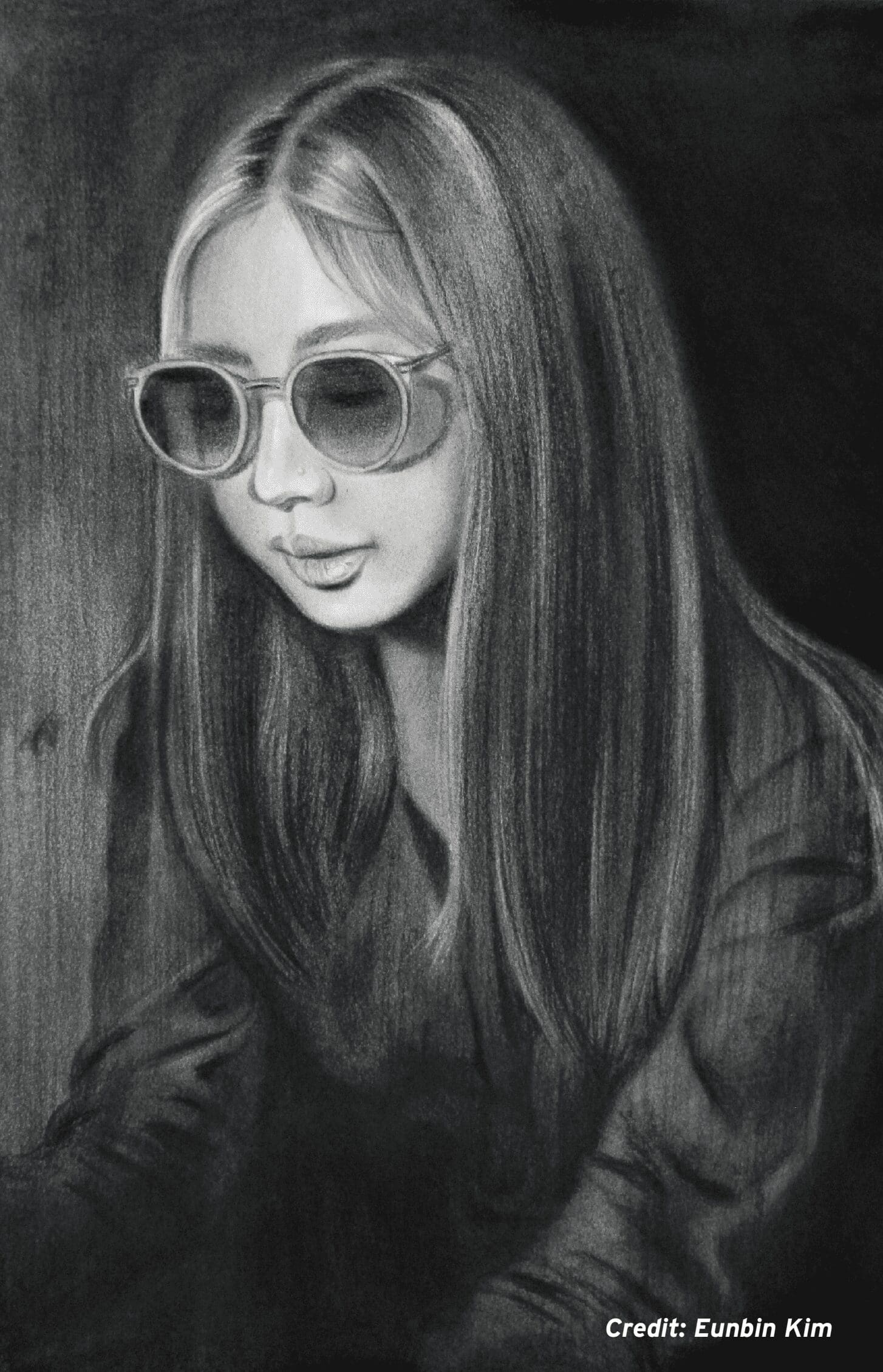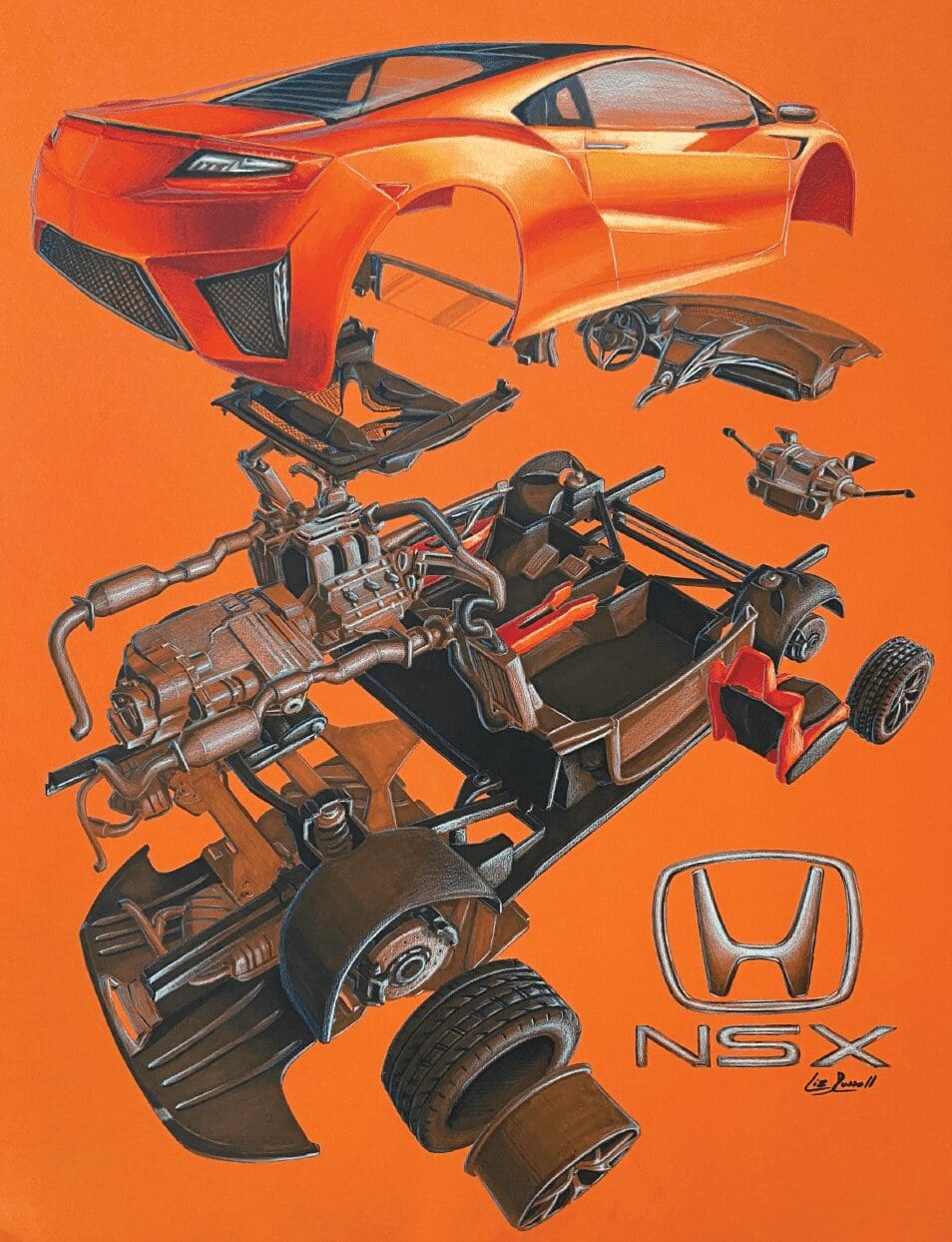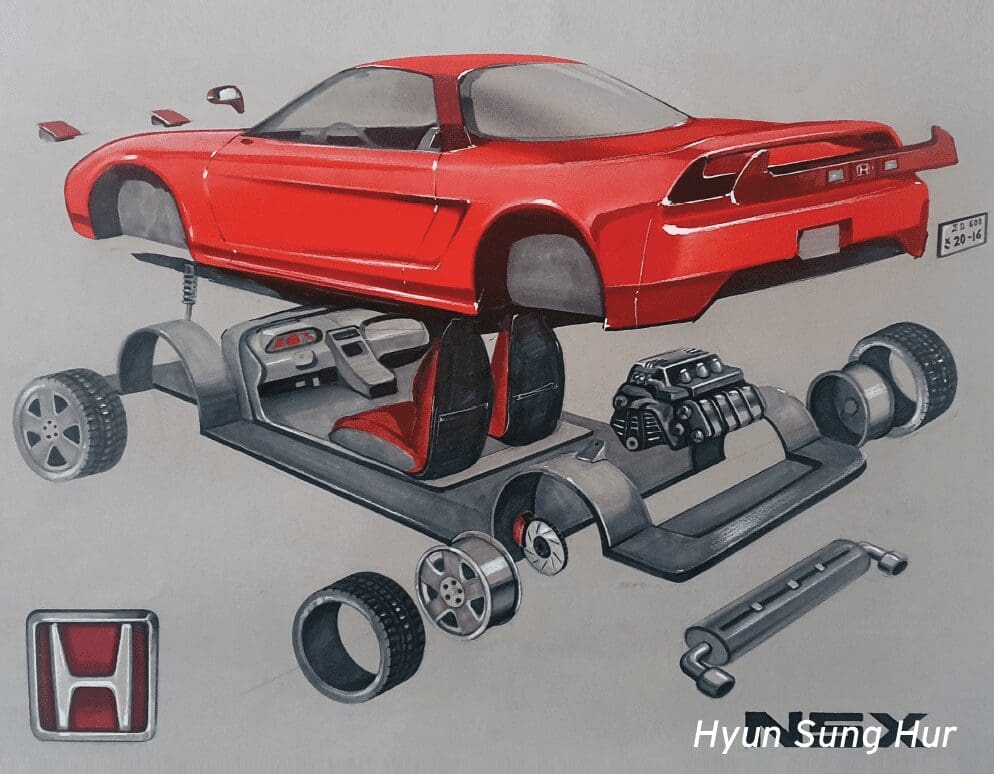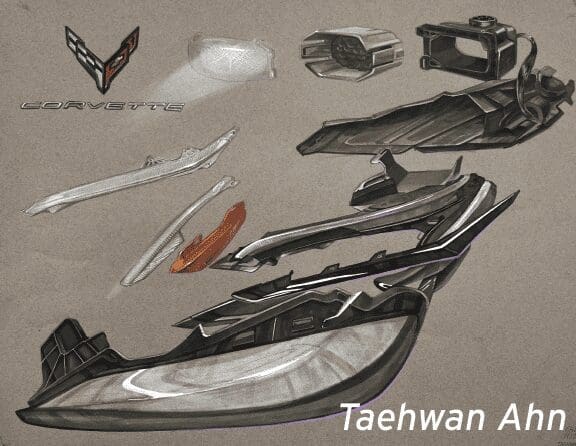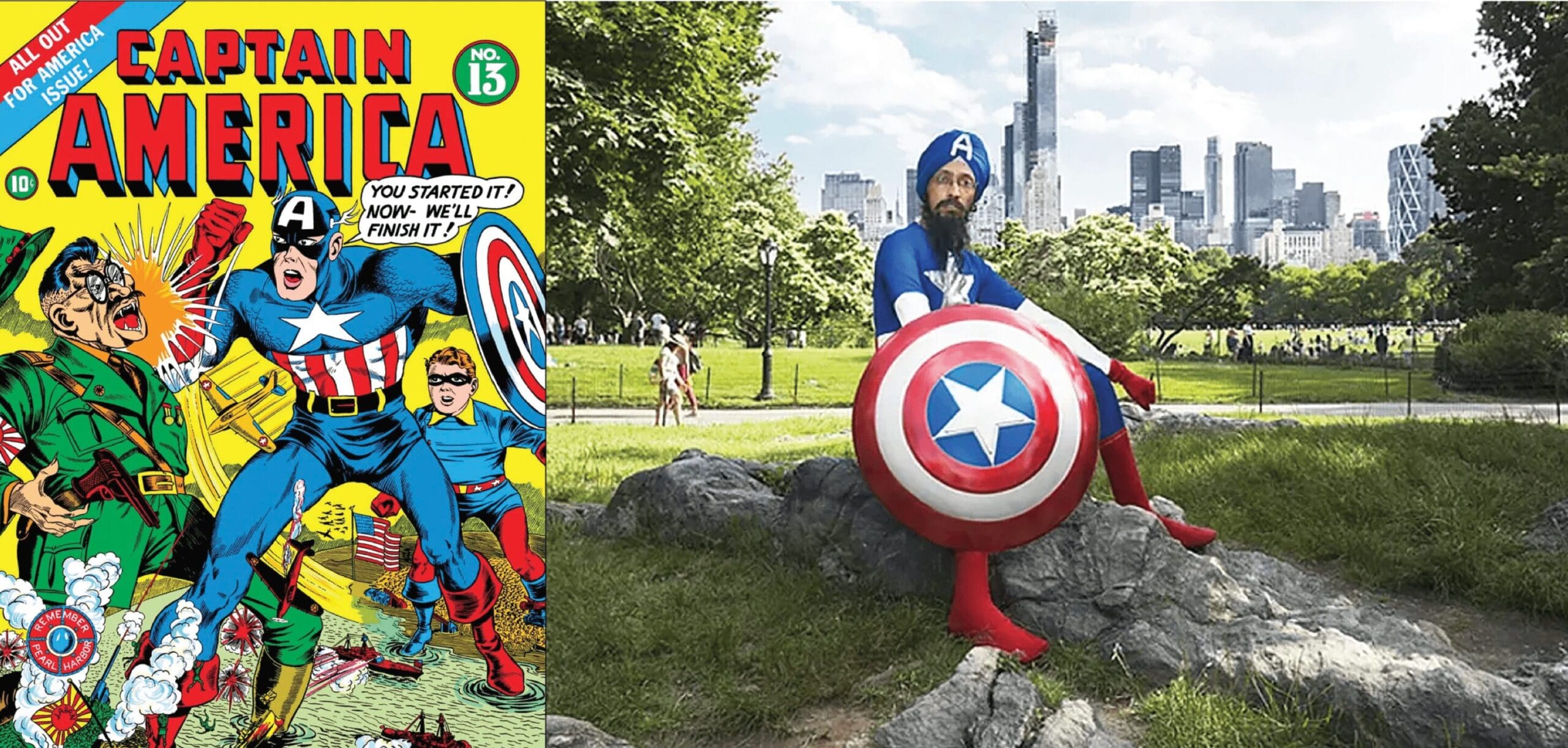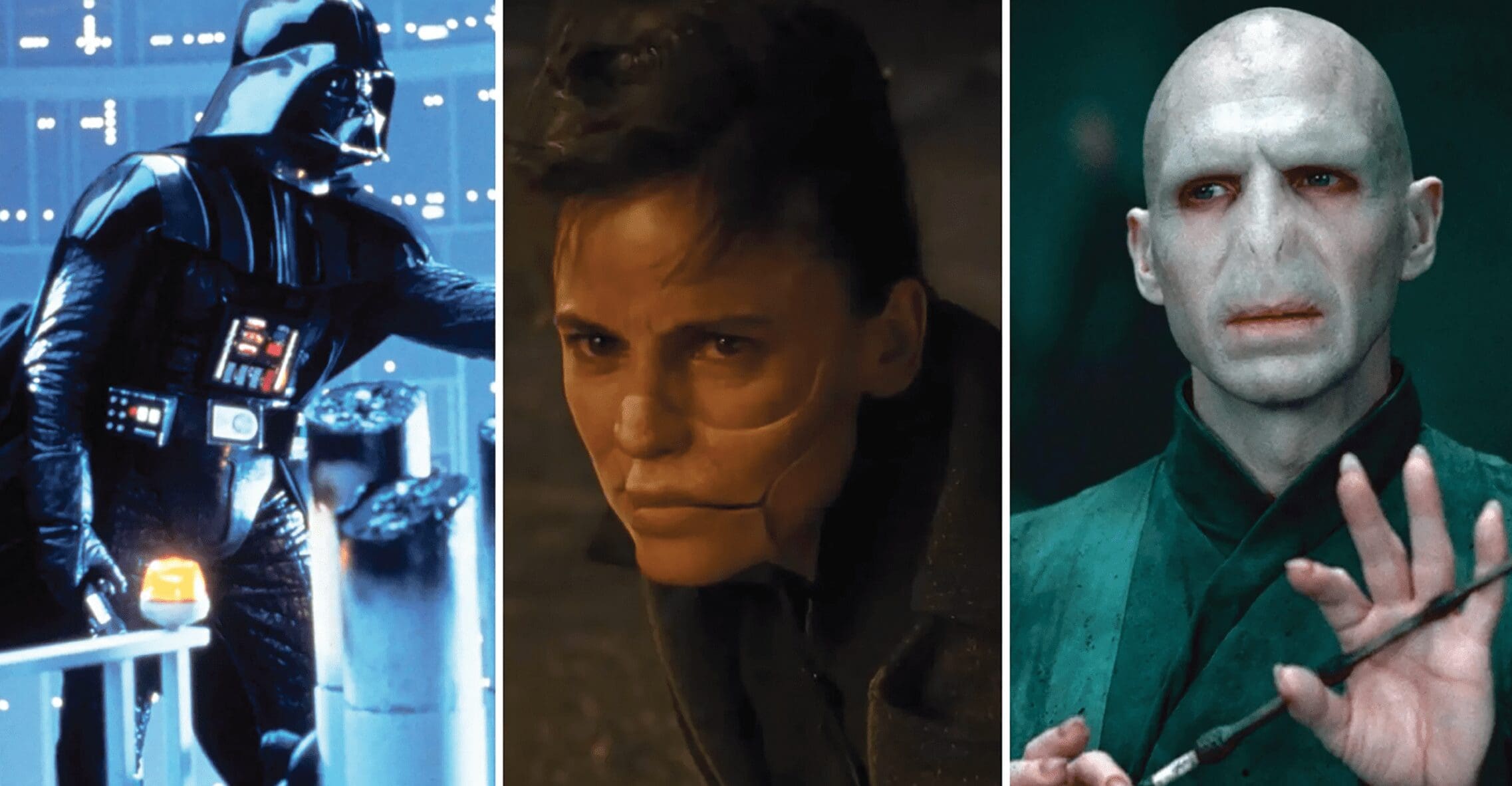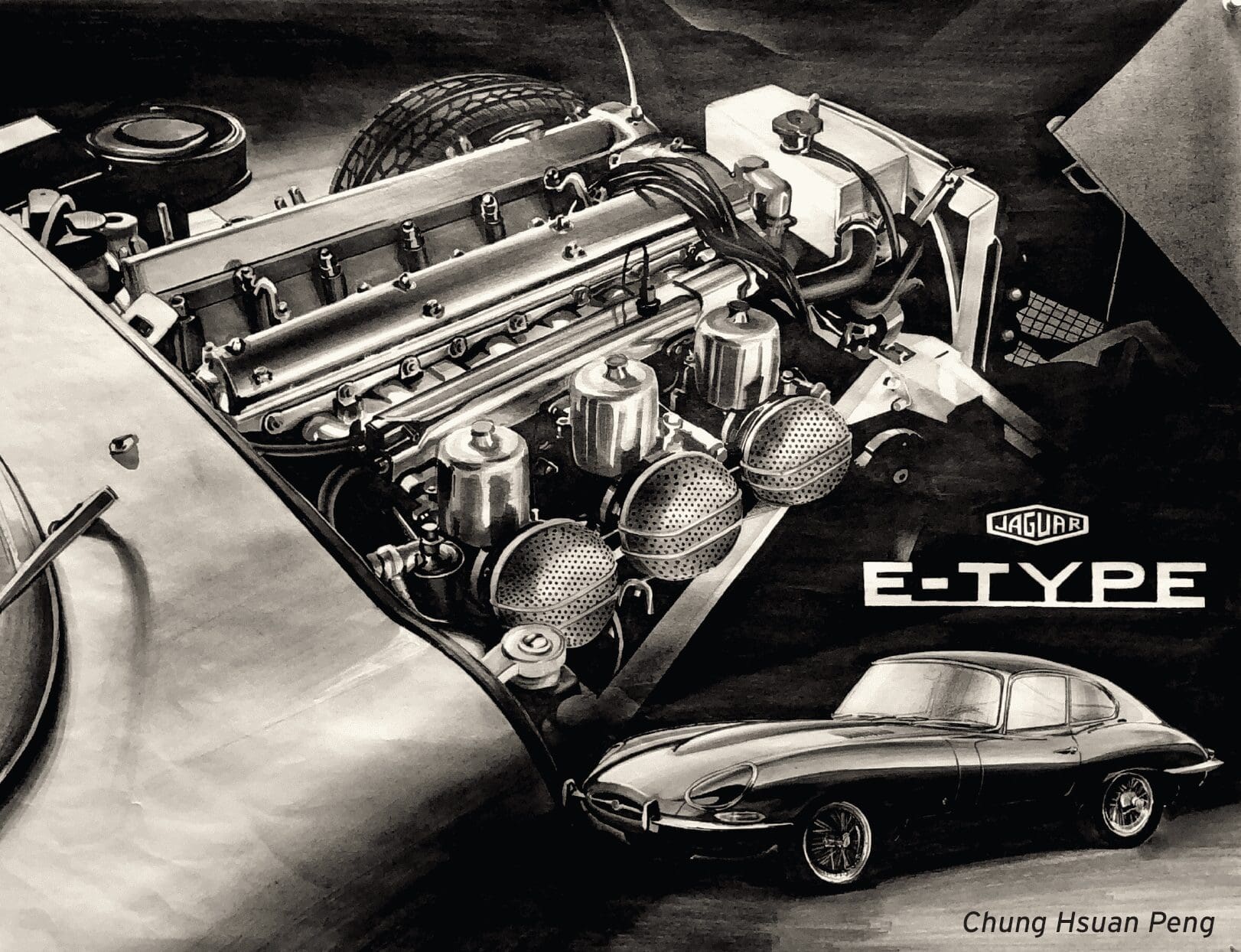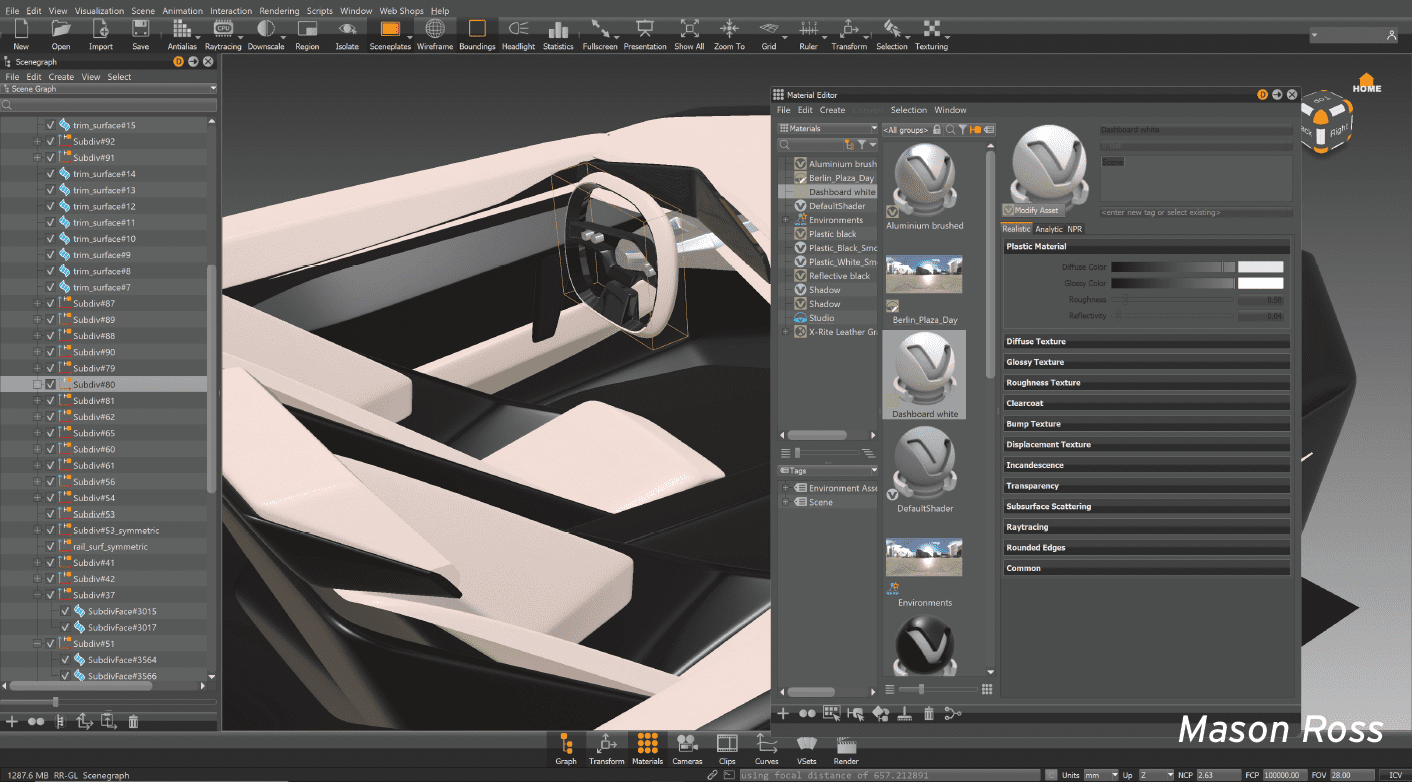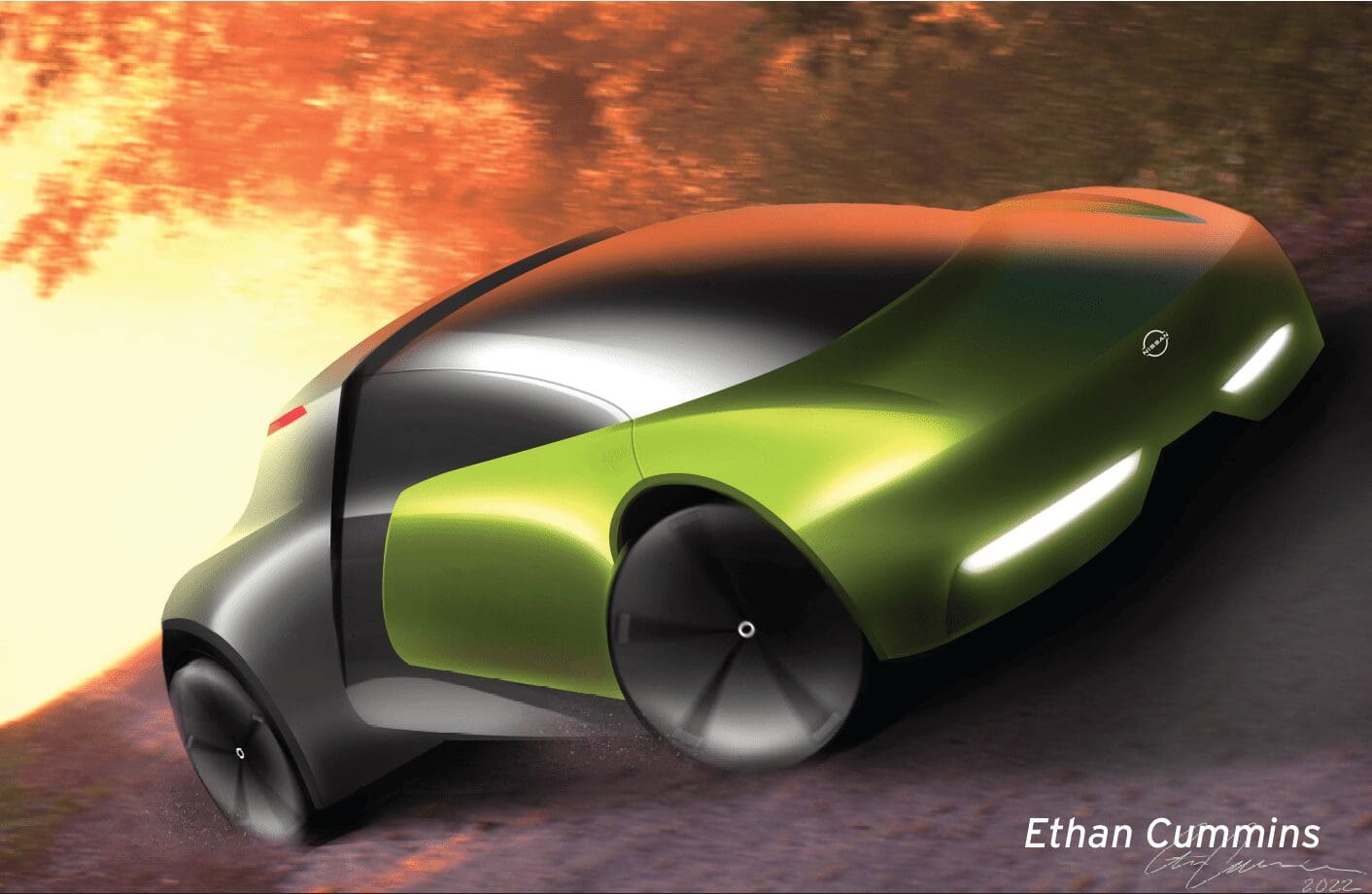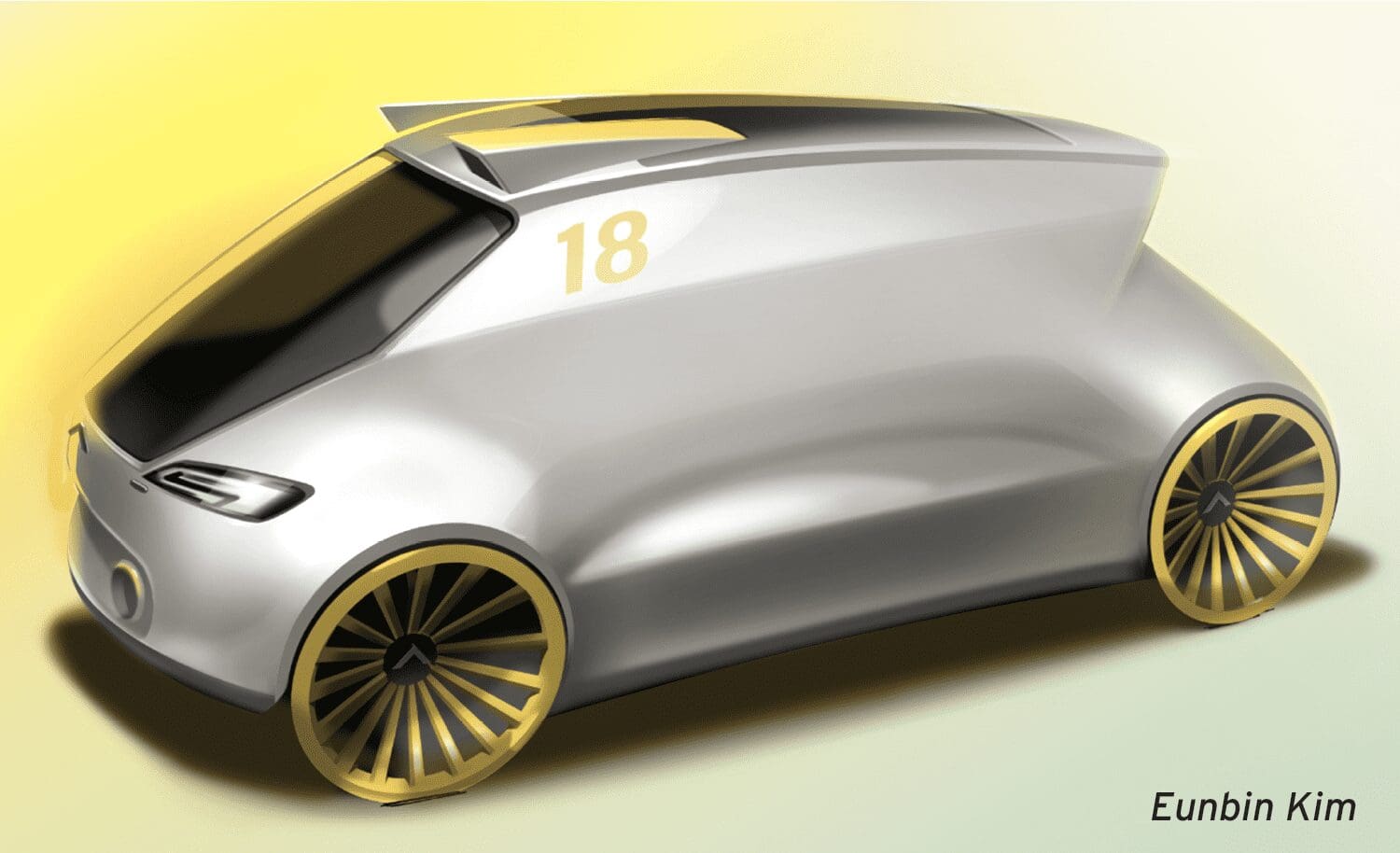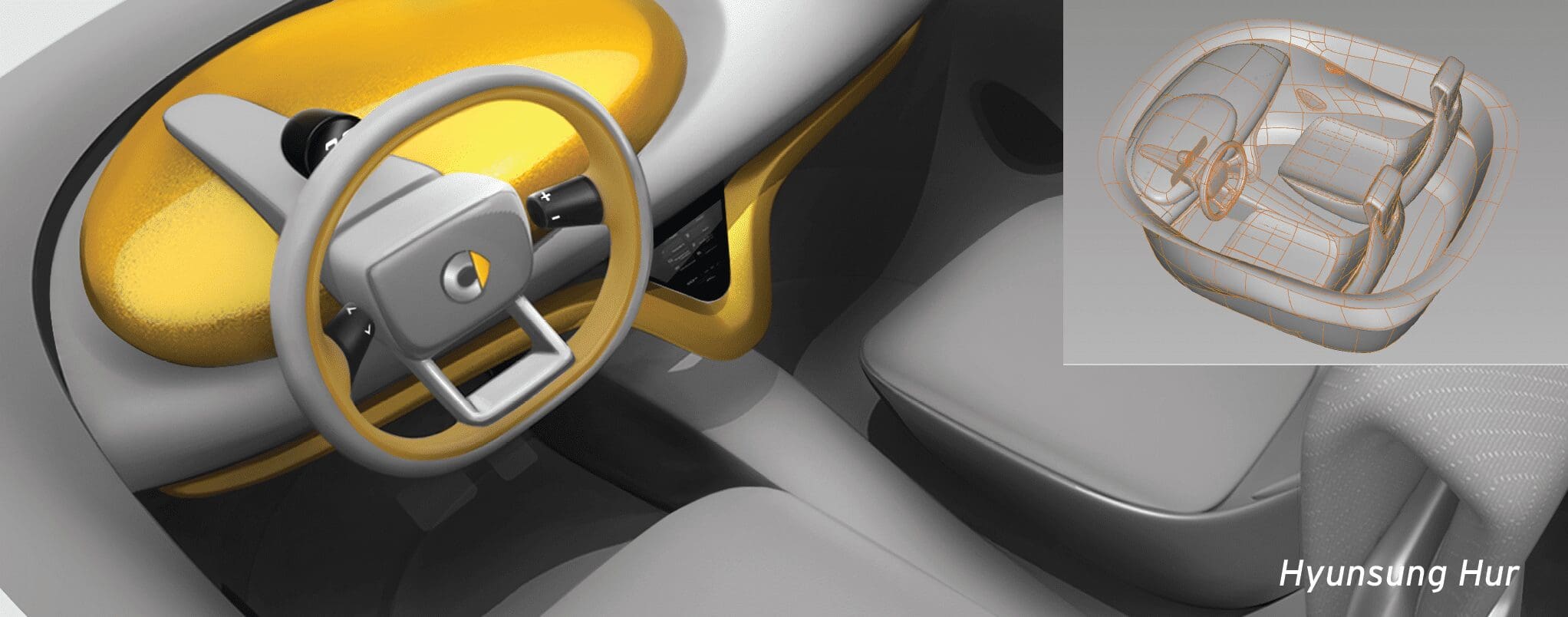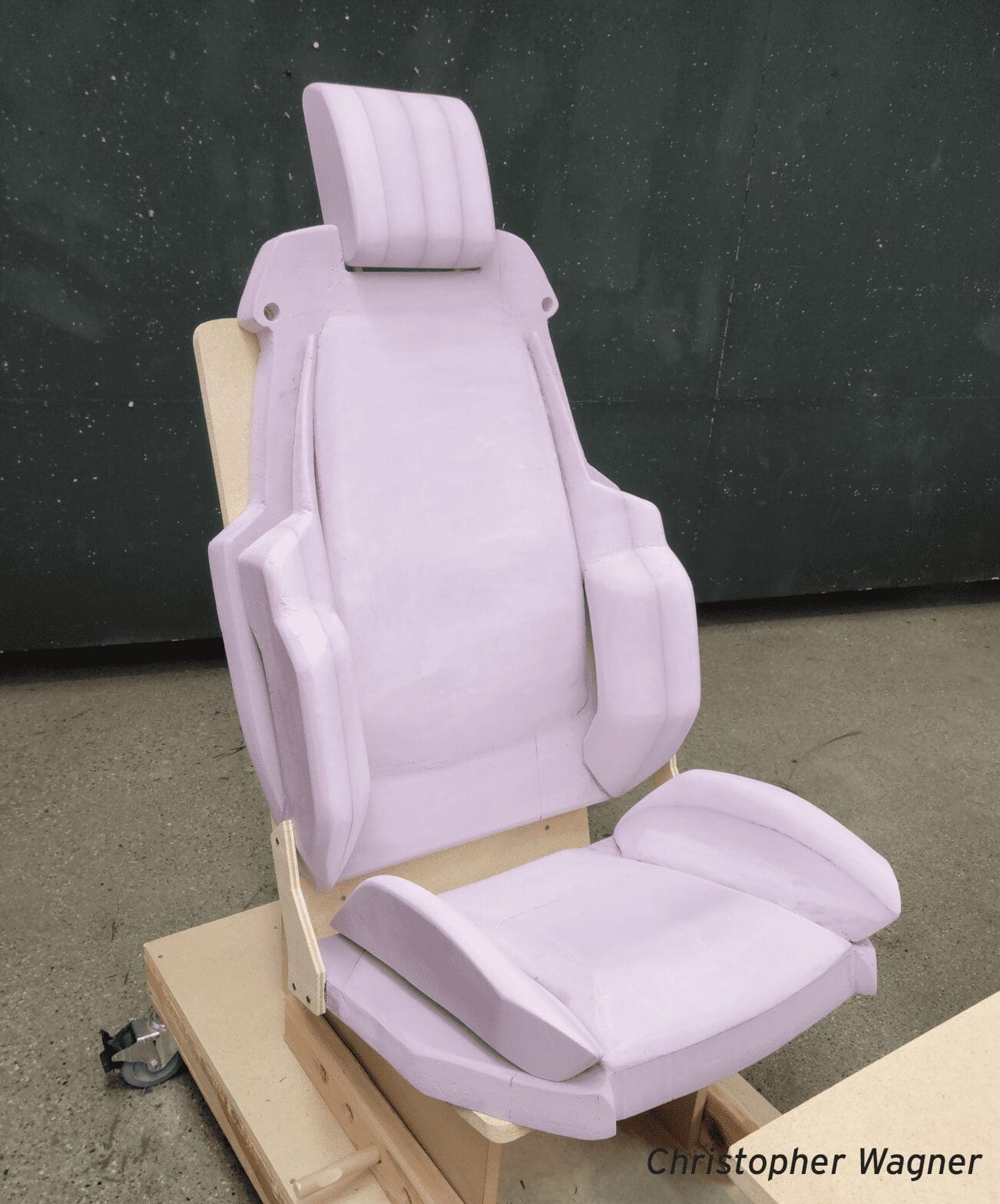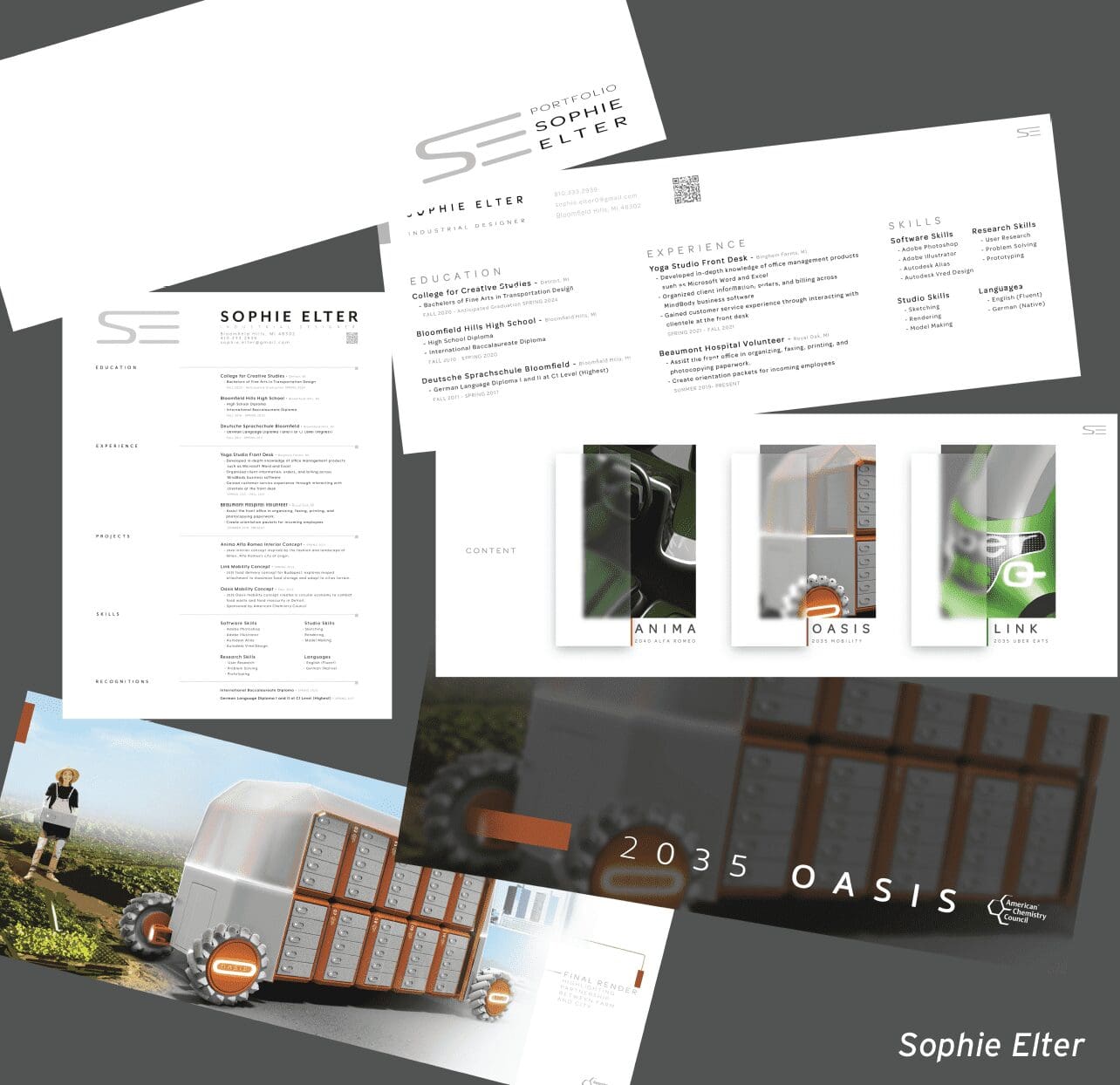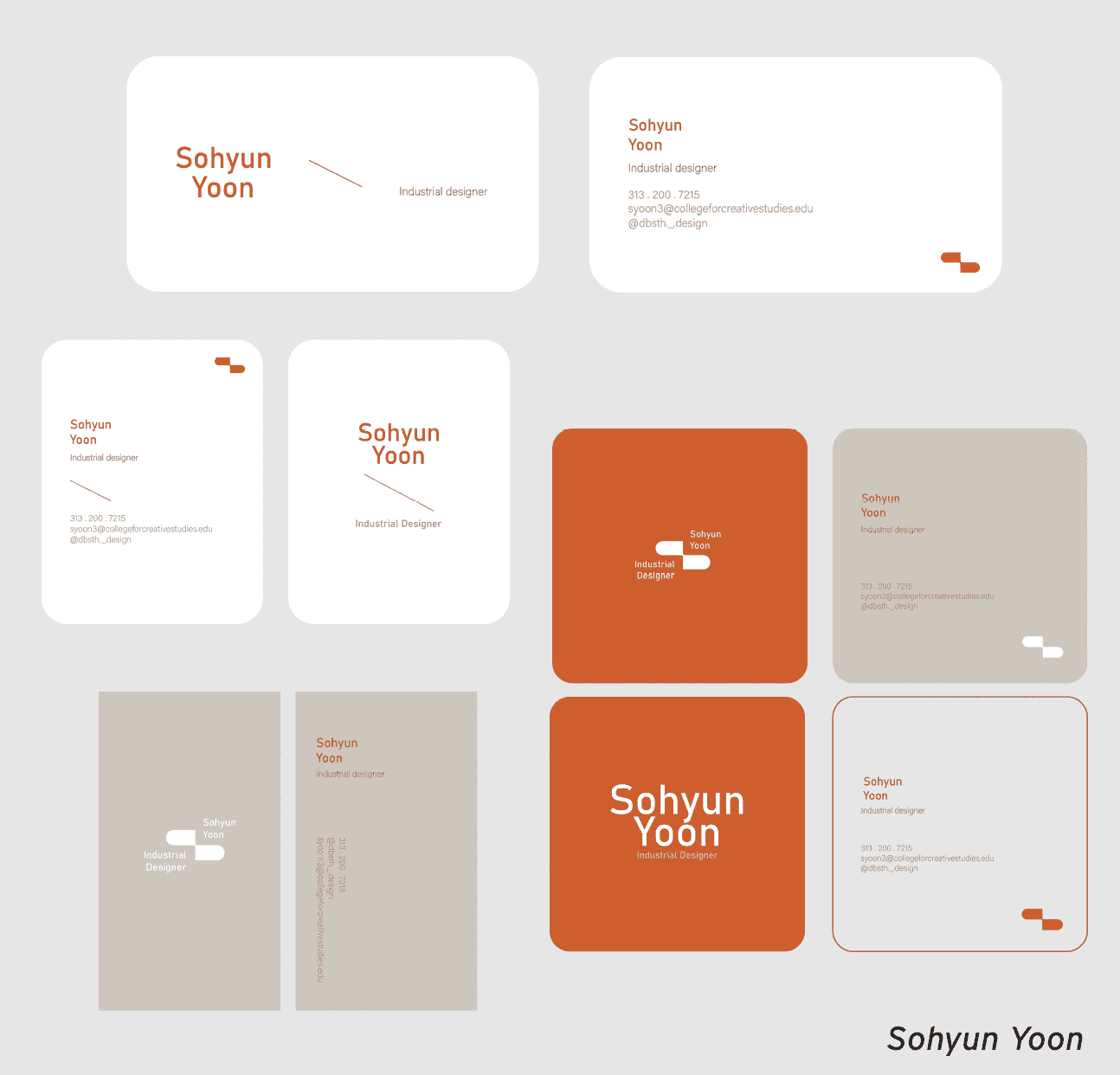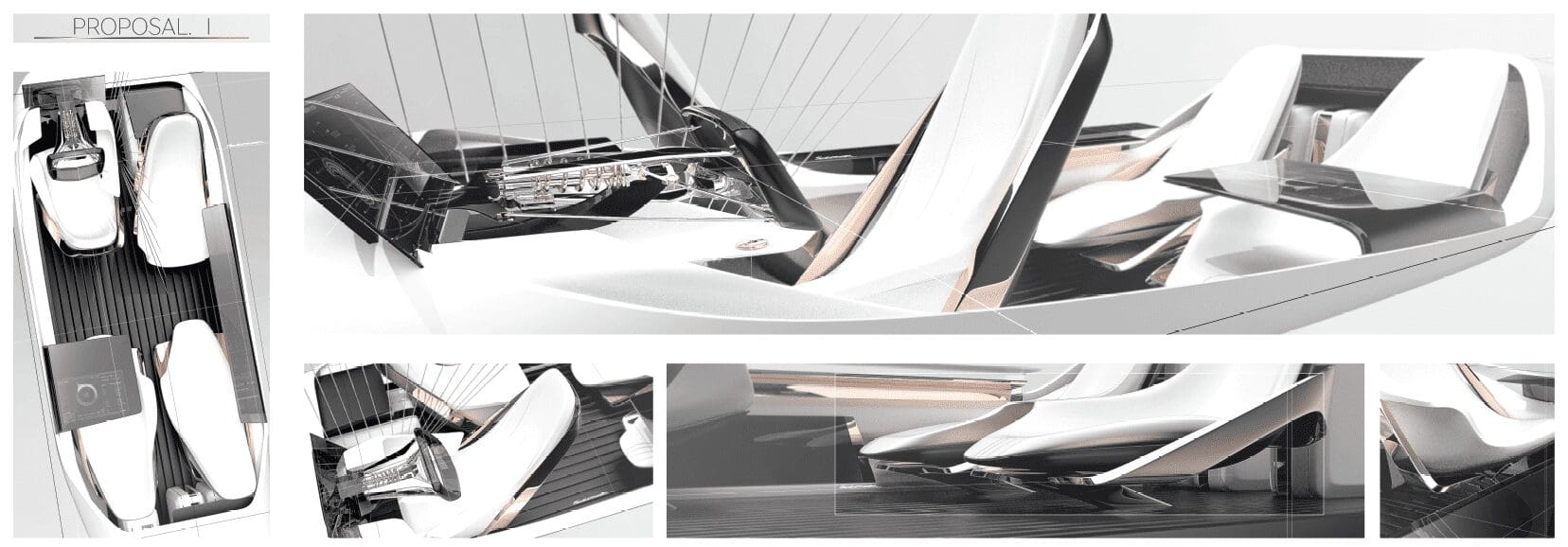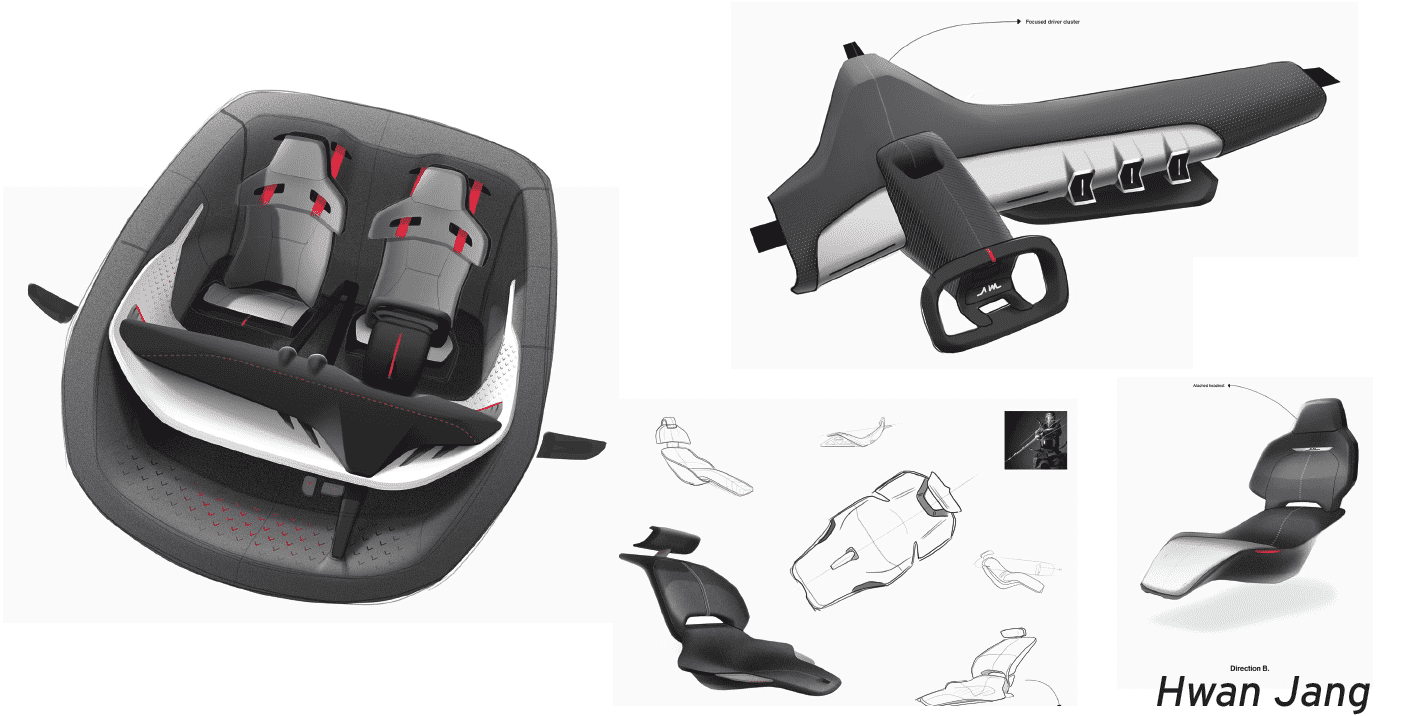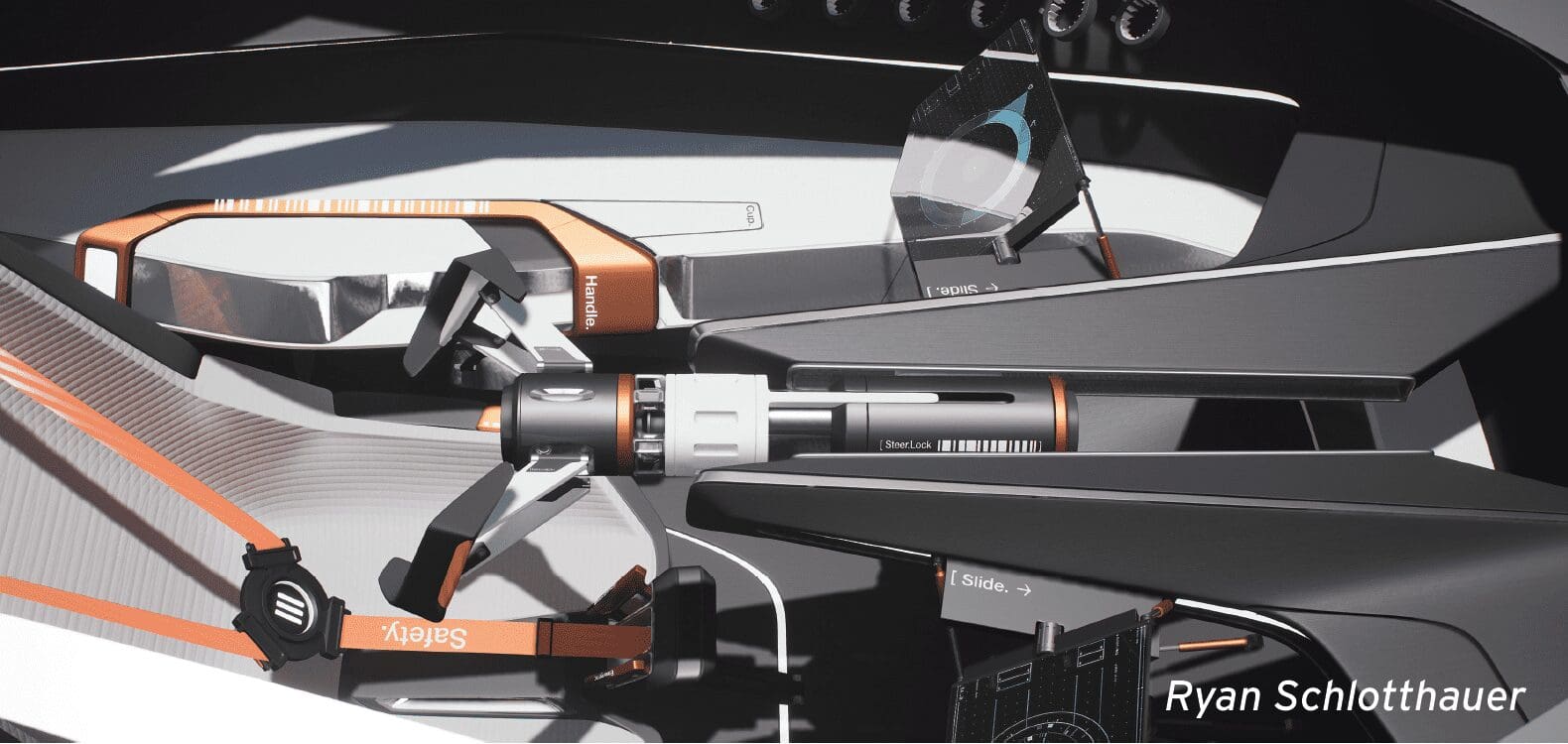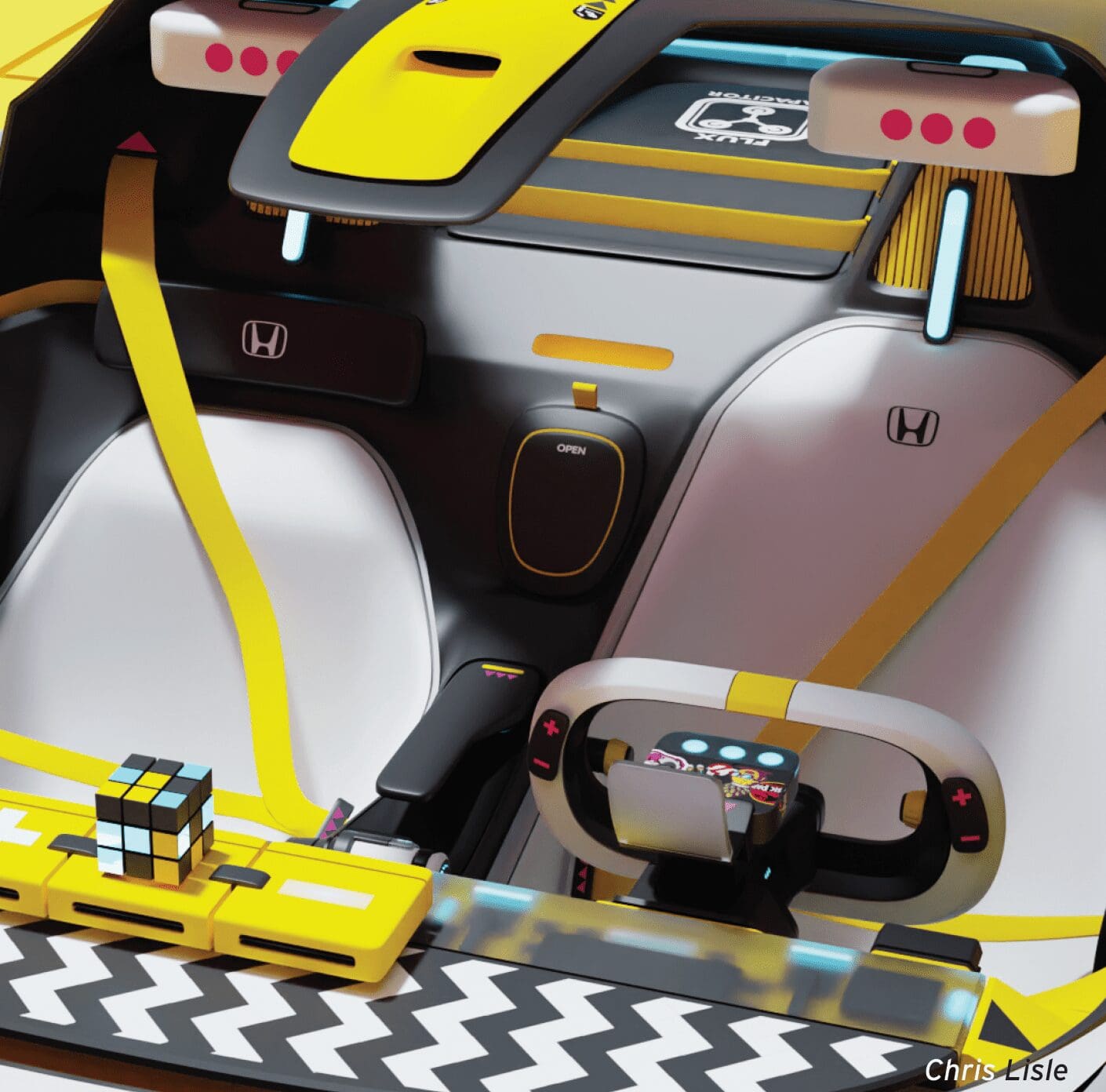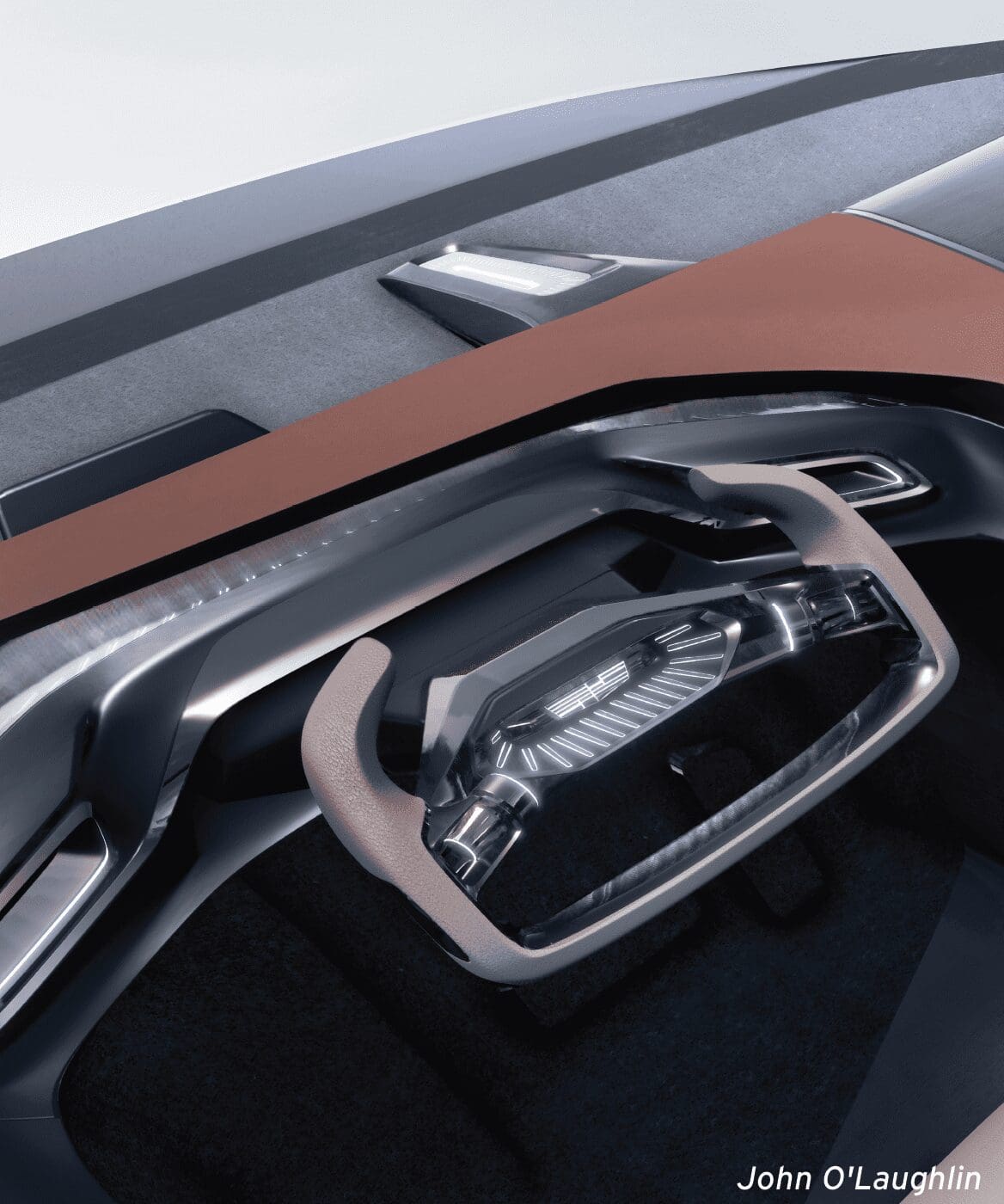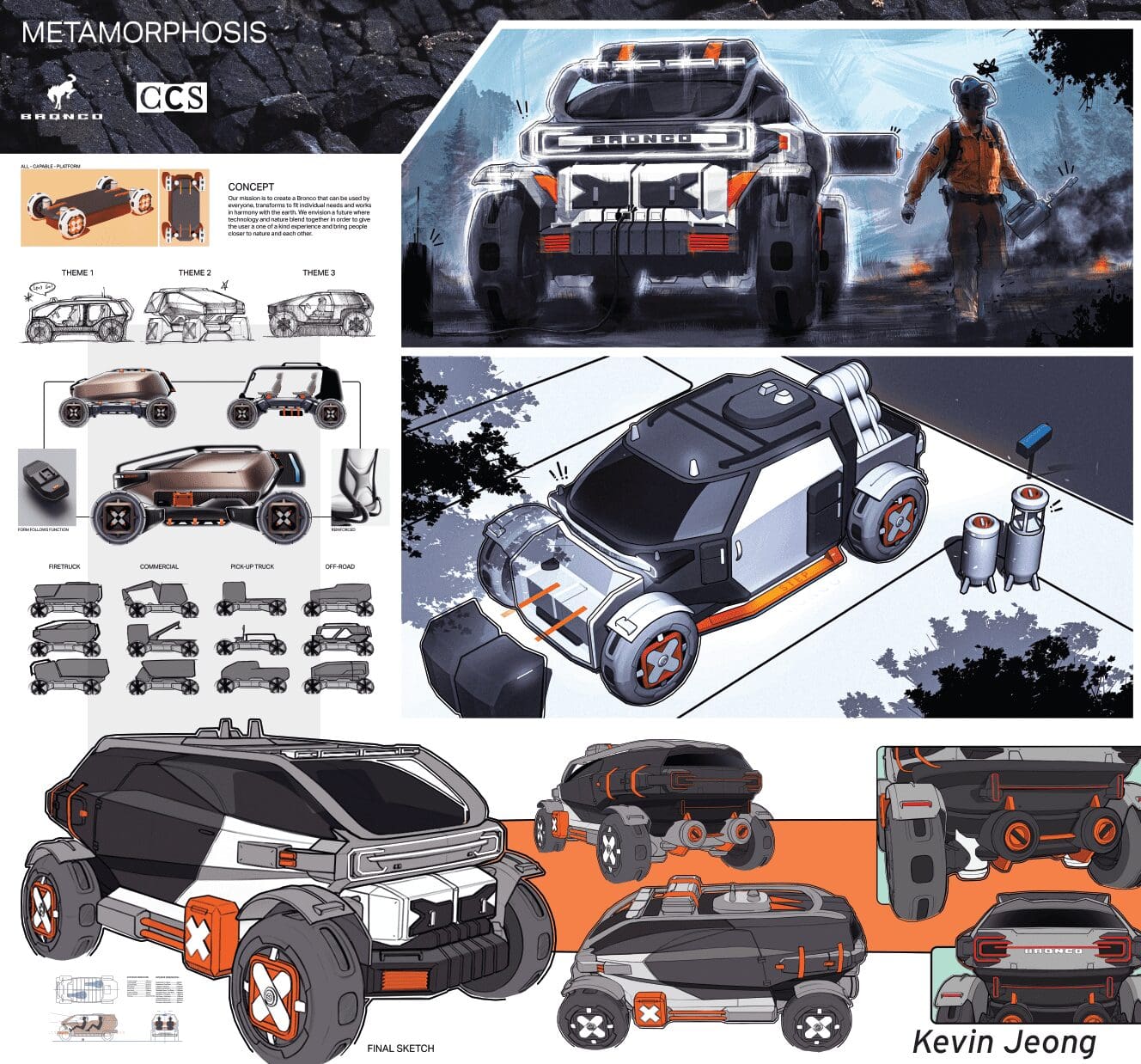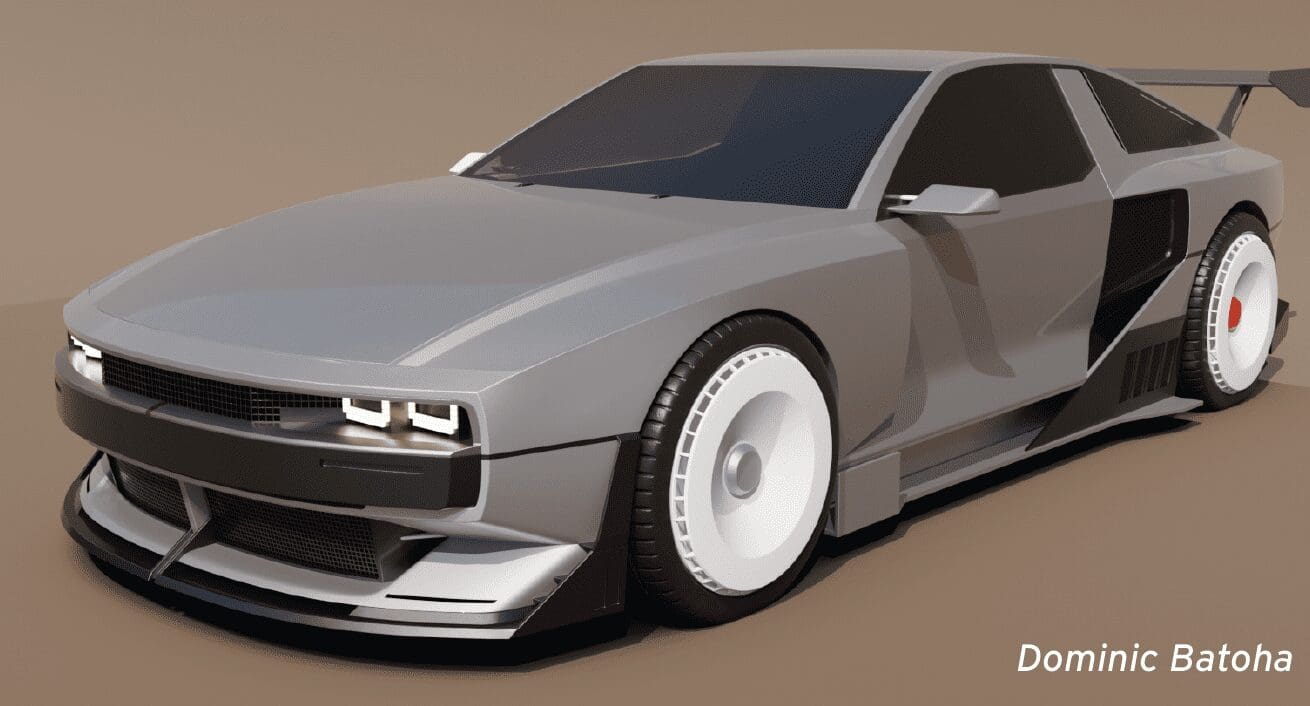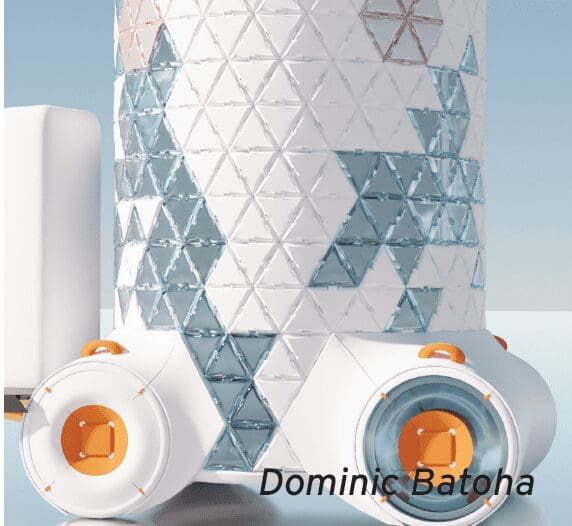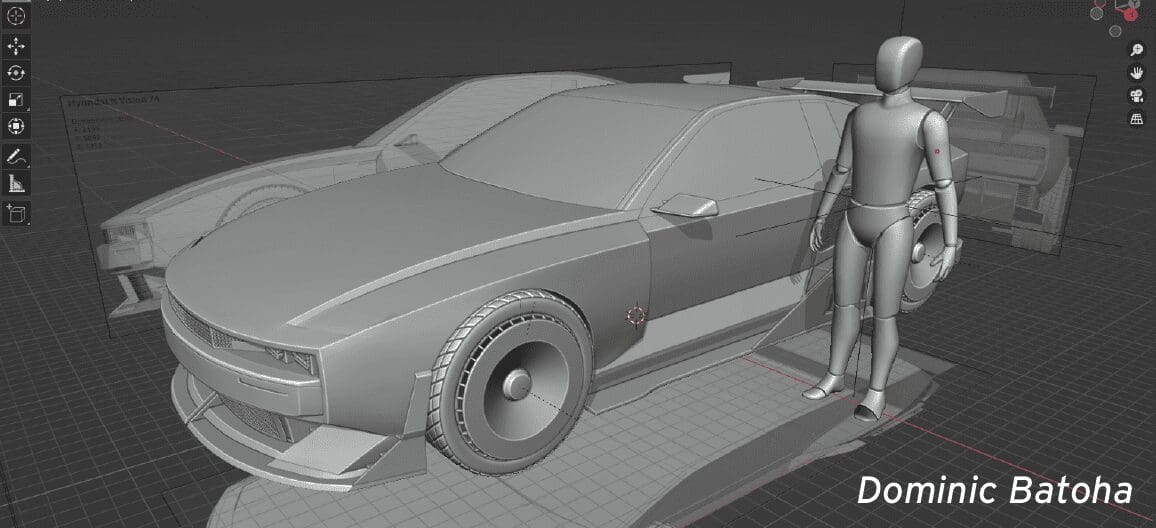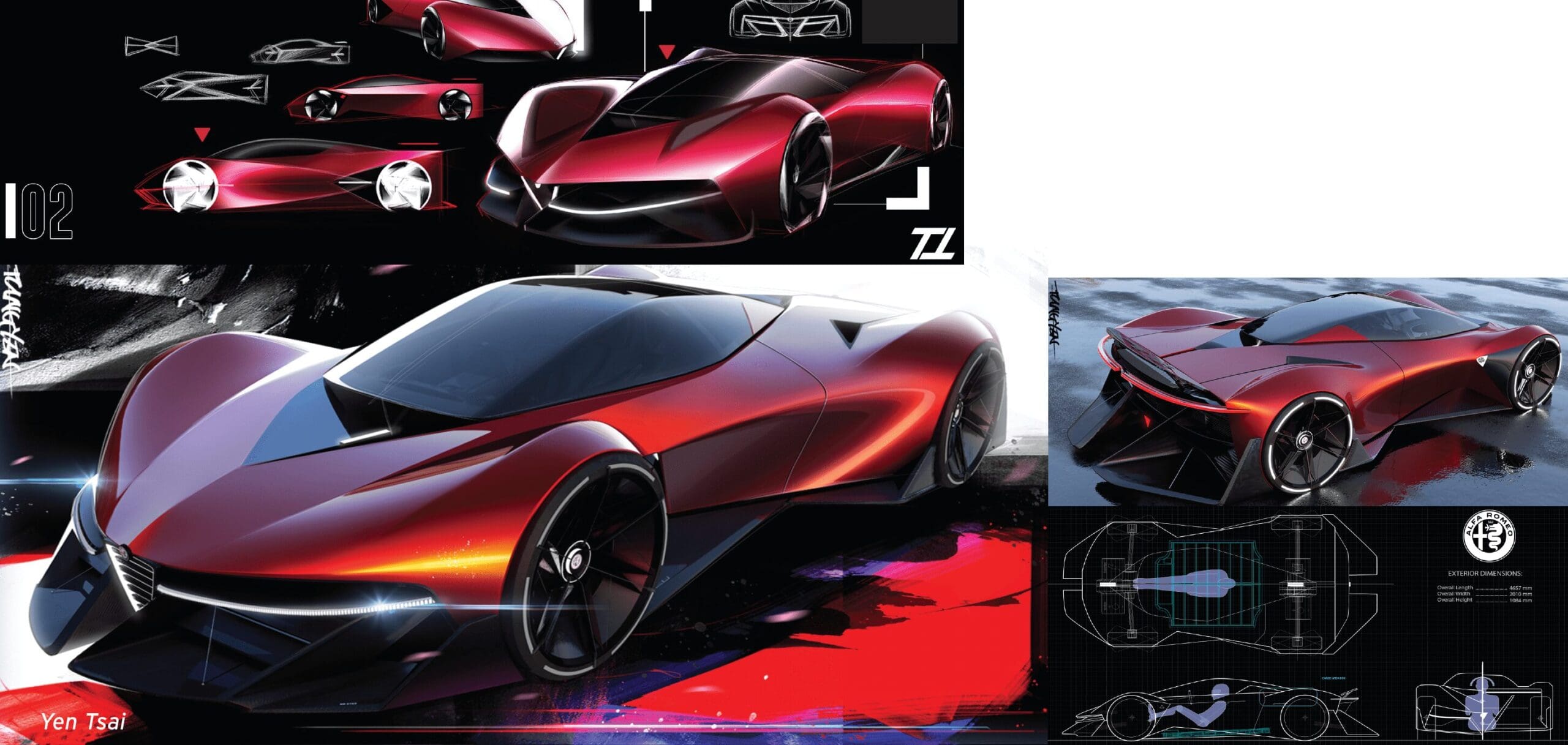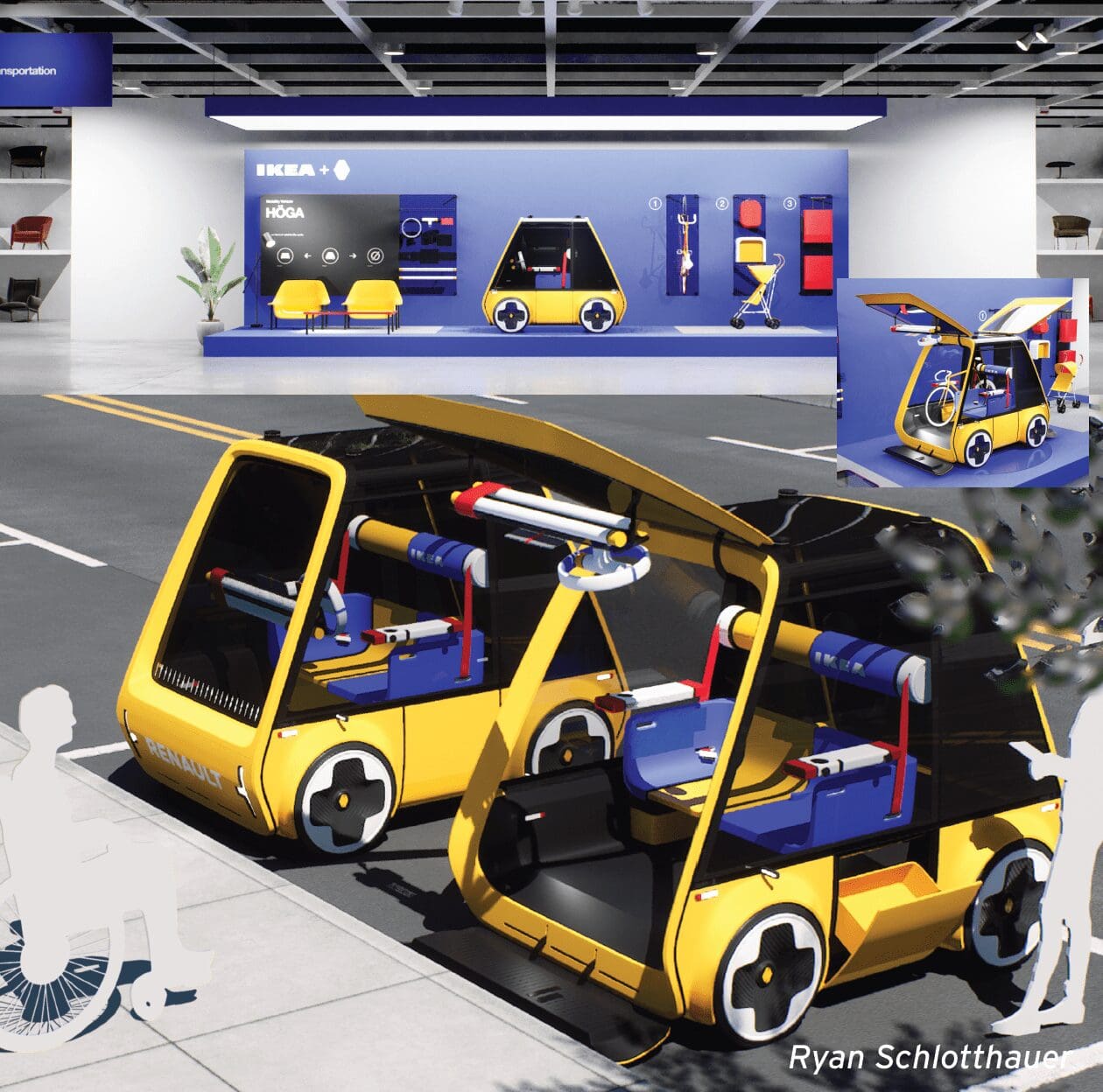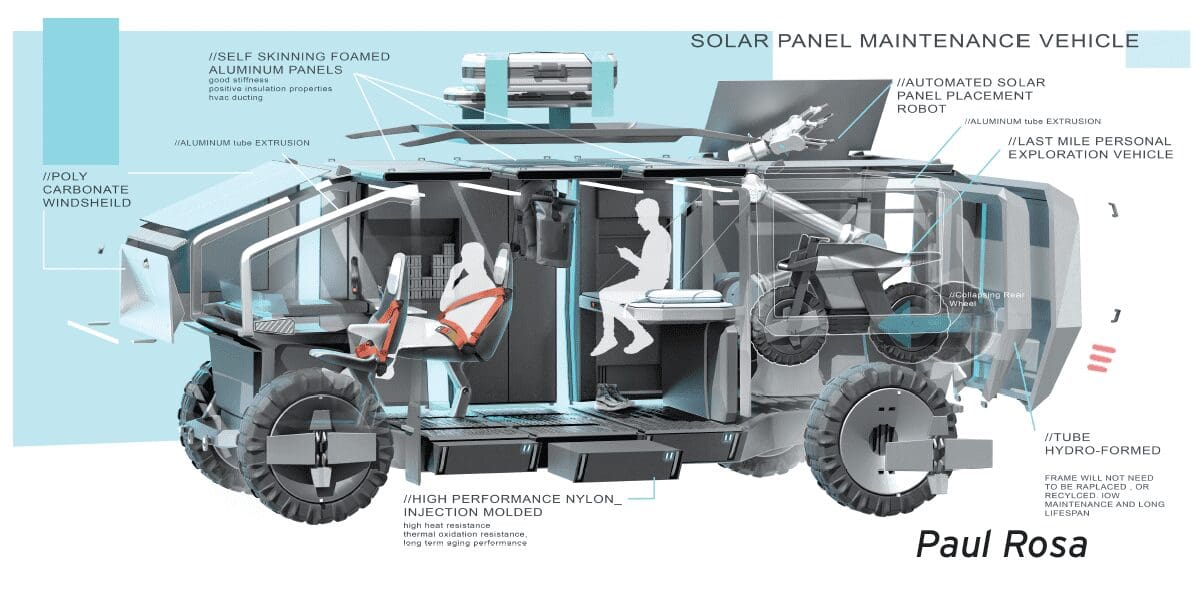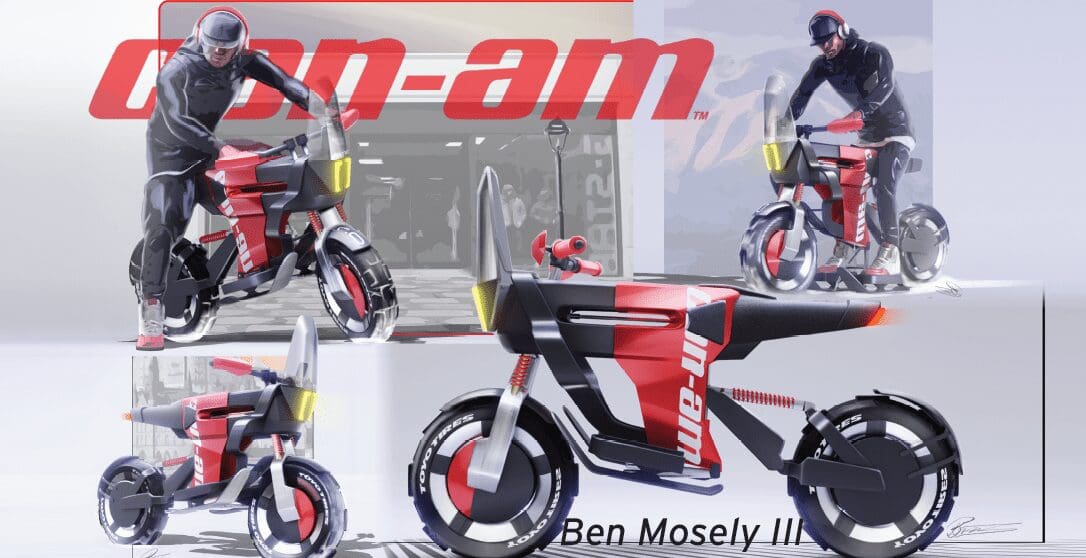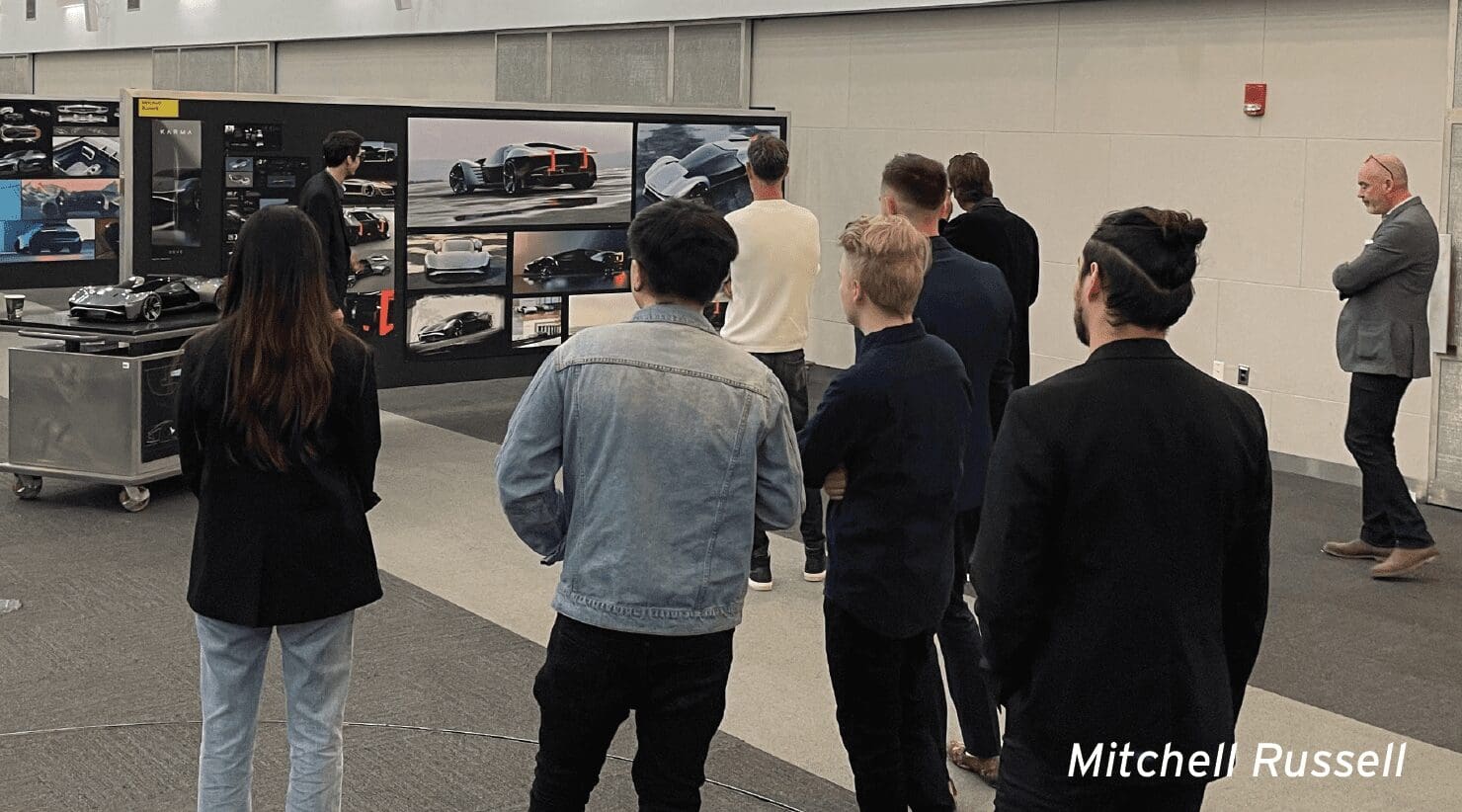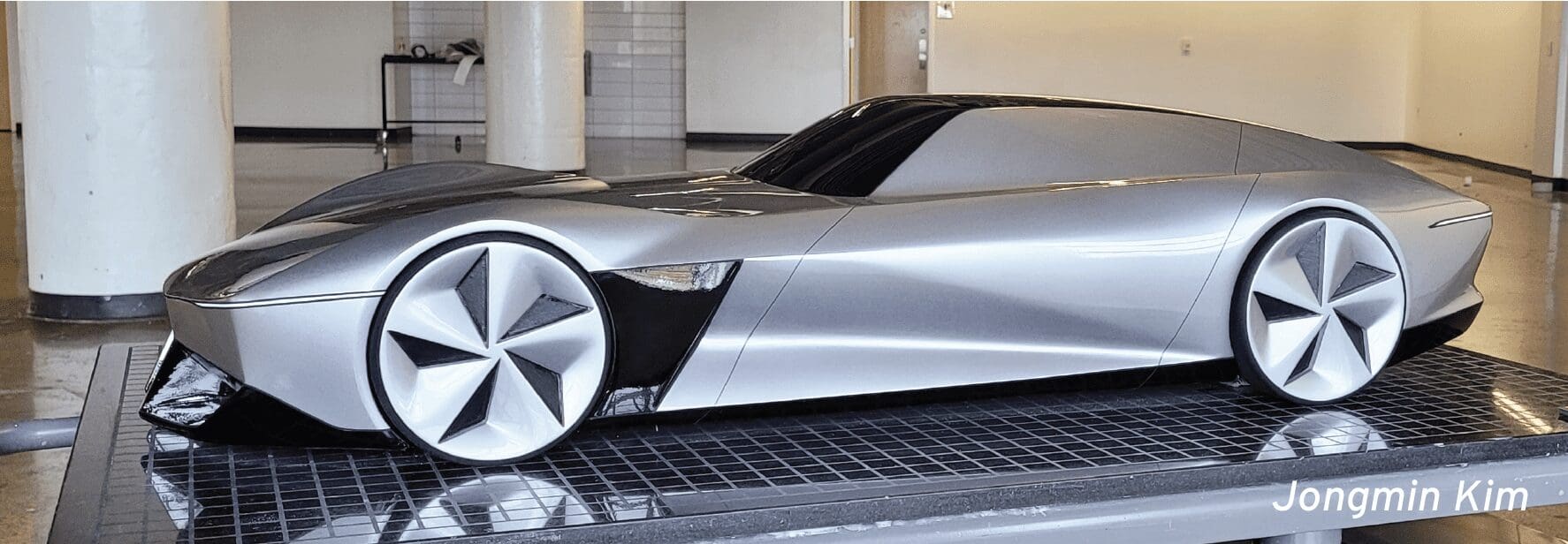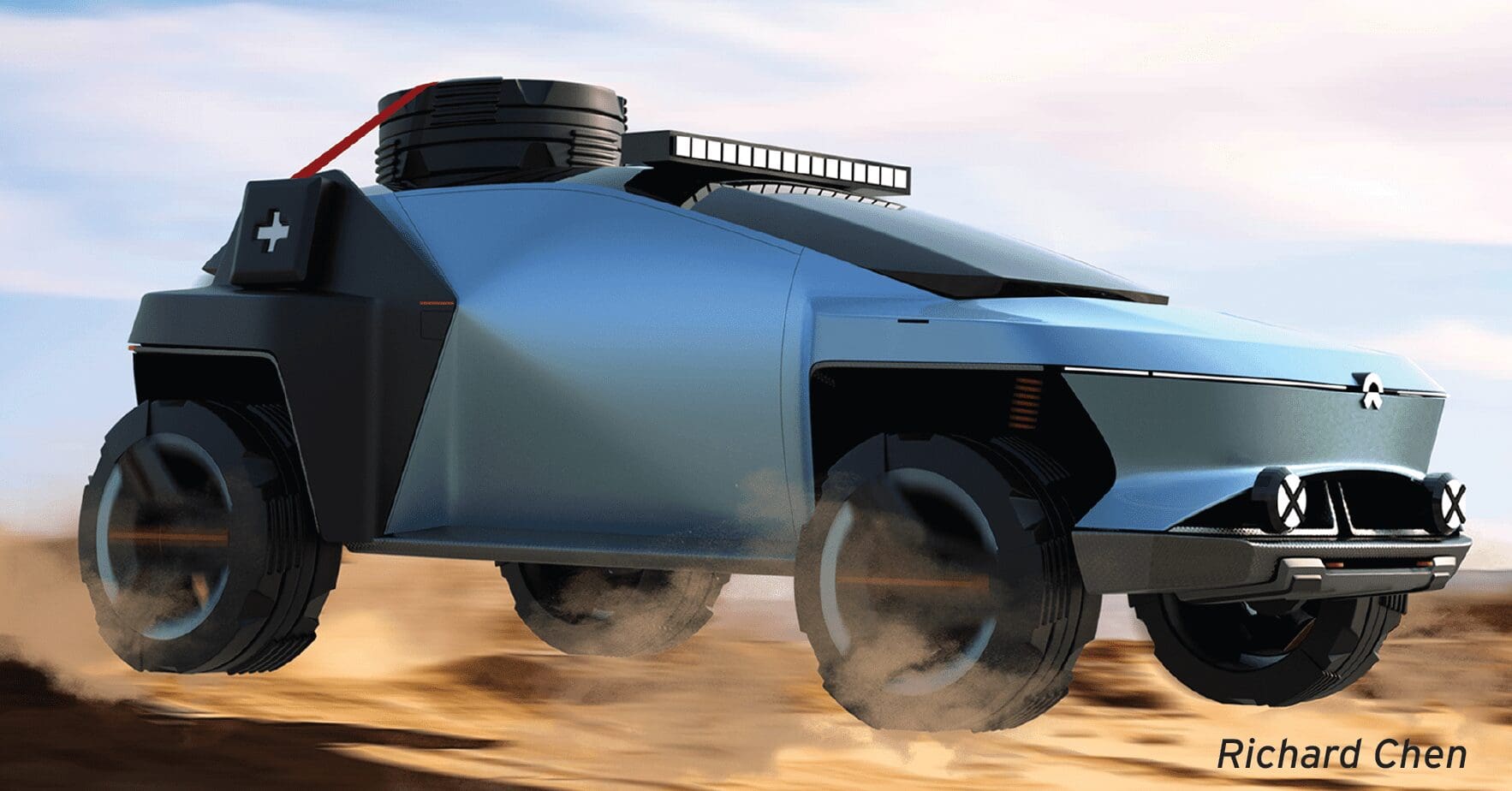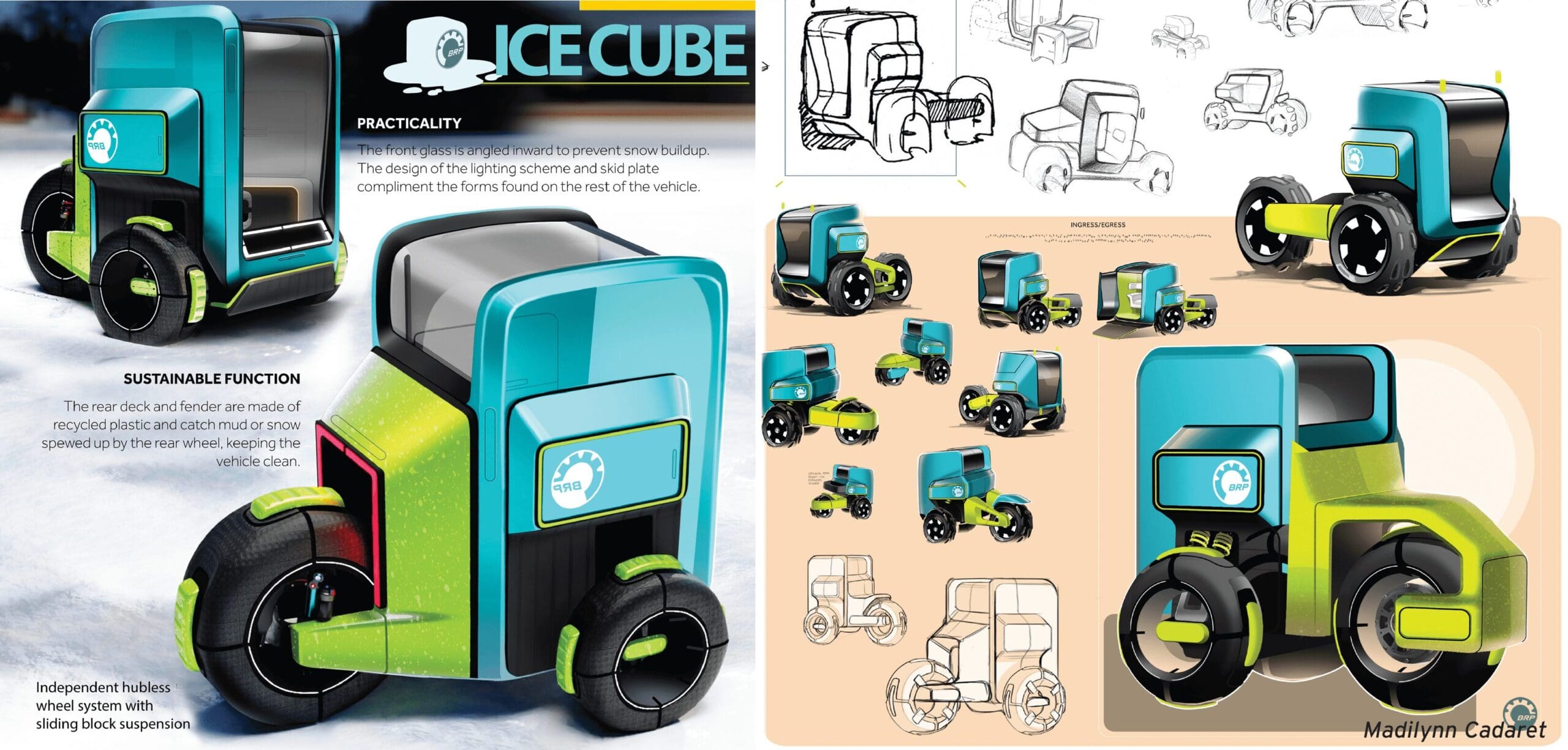| Course # | Course Title | Credits |
|---|---|---|
| SLP 007 | CCS First Year Experience | 1 |
| DFN 116 | 3D Techniques
| 3 |
| Choose one: DFN 117 or DFN 118 | 2D Design Principles or 3D Design - Form & Space | 3 |
| DFN 101 | Drawing I: Rapid Concept
| 3 |
| DTR 125 | Freshman Transportation Design Studio I
| 3 |
| DVC 100 | Introduction to Material Culture | 3 |
| Course # | Course Title | Credits |
|---|---|---|
| DFN 112 | Drawing II: Style & Skill
| 3 |
| Choose One: DFN 117 or DFN 118 | 2D Design Principles or 3D Design - Form & Space | 3 |
| DFN 126 | Freshman Transportation Design Studio II | 3 |
| DTR 113 | Visual Communication I
| 3 |
| DEN 101 | Composition I
| 3 |
| Course # | Course Title | Credits |
|---|---|---|
| DTR 201 | Visual Communication II
| 3 |
| DTR 221 | Design Theory I
| 3 |
| DTR 231 | Digital Modeling I
| 3 |
| DTR 232 | Sophomore Transportation Design Studio
| 3 |
| DEN 102 | Composition II | 3 |
| Course # | Course Title | Credits |
|---|---|---|
| DTR 202 | Visual Communication III
| 3 |
| DTR 222 | Design Theory II: Mobility
| 3 |
| DTR 233 | Sophomore Transportation Design Studio
| 3 |
| DTR 241 | Digital Modeling II
| 3 |
| DTR 257 | Human Factors
| 3 |
| Course # | Course Title | Credits |
|---|---|---|
| DTR 302 | Visual Communication IV
| 1.5 |
| DTR 304 | Portfolio & Presentation Design
| 3 |
| DTR 305 | Vehicle Systems & Packaging
| 3 |
| Placed by Dept.: DTR 331 or DTR 333 or DTR 335 or DTR 337 | Junior Interior Design Studio
or
Junior Exterior Design Studio
or
Junior Mobility Design Studio
or
Junior Vehicle Design Studio
| 3 |
| DTR 362 | Digital Modeling III
| 3 |
| Course # | Course Title | Credits |
|---|---|---|
| DTR 303 | Visual Communication V
| 1.5 |
| Placed by Dept.: DTR 332 or DTR 334 or DTR 336 or DTR 338 |
Junior Interior Design Studio
or
Junior Exterior Design Studio
or
Junior Mobility Design Studio
or
Junior Vehicle Design Studio
| 3 |
| DTR 371 | Materials & Manufacturing Processes
| 3 |
| DTR 461 | Digital Modeling IV
| 3 |
| DAH 241 | History of Modern Design | 3 |
| Choose One: DAH 201 or DAH 202 or DAH 200 | Visual Narration: Africa or Visual Narration: Asia or Western Art History/Visual Culture | 3 |
| Course # | Course Title | Credits |
|---|---|---|
| Placed by Dept.: DTR 431 or DTR 433 or DTR 435 or DTR 437 | Senior Interior Design Studio
or
Senior Exterior Design Studio
or
Senior Mobility Design Studio
or
Senior Vehicle Design Studio
| 3 |
| DTR --- | Vis Com VI | 1.5 |
| Choose One: DAH or DVC 200-400 level | Art History or Visual Culture Elective | 3 |
| D--- 200-400 | General Education Elective | 3 |
| D--- 100-400 | Open Elective | 3 |
| Course # | Course Title | Credits |
|---|---|---|
| Placed by Dept: DTR 432 or DTR 434 or DTR 436 or DTR 438 | Senior Interior Design Studio
or
Senior Exterior Design Studio
or
Senior Mobility Design Studio
or
Senior Vehicle Design Studio
| 3 |
| DNS 200-400 | Natural Science | 3 |
| D--- 200-400 | General Education Elective | 3 |
| D--- 200-400 | General Education Elective | 3 |
| DHU --- | Humanities Course | 3 |
Catalog Year 24/25 Total Credits 120-121
*International students that require ELS-101 (4.0 cr); Total Credits = 121/122
First Year Experience=1; Foundations=15; Major=69; Gen Ed=33; Open Elective=3
General Education Electives – Successfully complete any 200-400 level Liberal Arts course (i.e. DHS, DNS, DAH, DAS, DSS, DEN, DLE, DPL, DVC etc)
Open Electives – Successfully complete any (3.0 credit) 100-400 level course from any Undergraduate subject (Studio or Lecture).
This plan is provided for use as a guide only and is based on full-time status with successful completion of credits outlined per semester. Degree Timelines and requirements may vary based on actual program, credits completed per semester and/or catalog year. Students are responsible for confirming completion of all requirements before graduating (use program/student resources to support degree progression). Minimum Cumulative GPA of 2.0 required.
Vision Statement
CCS’s Transportation Design program’s vision is to be the world’s most recognized educational institution for creating leaders and visionaries in tomorrow’s transportation ventures and industries.
Mission Statement
Our mission to define and teach the highest standards of design, aesthetics, traditional skills, and emerging digital technologies, all with an understanding of the global contexts in which their skills will be applied. In preparation for careers in a field undergoing rapid change, students will graduate with knowledge of sustainable practices, systems and technologies which can mitigate the impact of global warming and climate change. Principles of inclusive design and creative design thinking are also stressed, so that our communities are engaged in the process of co-creation of their built environment. In culmination of their studies, and experiences working directly with professional representatives from industry, students will be able to communicate their future transportation concepts visually in a clear and compelling professional portfolio and present it verbally in an interview or boardroom.
Program Learning Outcomes (PLO)
Upon graduation, students in the BFA Transportation Design program will be able to:
- Demonstrate the ability to create their own vision of aesthetically sensitive and original transportation design concepts in a clear and compelling way and compile this work into a professional level portfolio for use in gaining internships and employment.
- Employ crosscutting skills from research and problem definition to translation of their 2D sketches into 3D physical and digital models with a high degree of resolution and craftsmanship.
- Research and identify emerging cultural and technical trends, and integrate them into designs that anticipate future human needs and experiences.
- Demonstrate competence in their application of technical manufacturing and ergonomic criteria in their designs, as well as the business considerations needed to bring their ideas to reality in the marketplace.
- Defend how they have given in depth consideration to how the human user will interact with and use their designs.
- Demonstrate leadership and teamwork through appropriate research, brainstorming methods, collaboration, design/concept execution and professional conduct.
- Incorporate consideration of the ecological, environmental and social impact of their design proposals in support of local and global sustainability.
